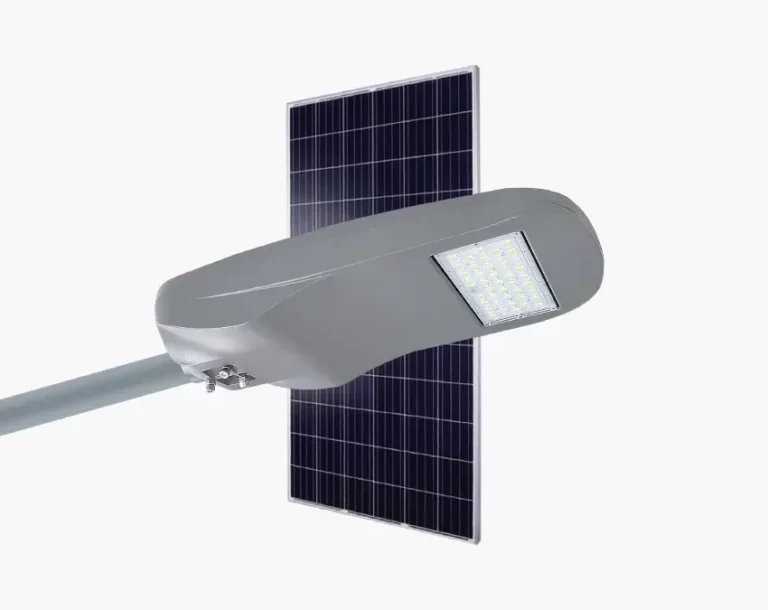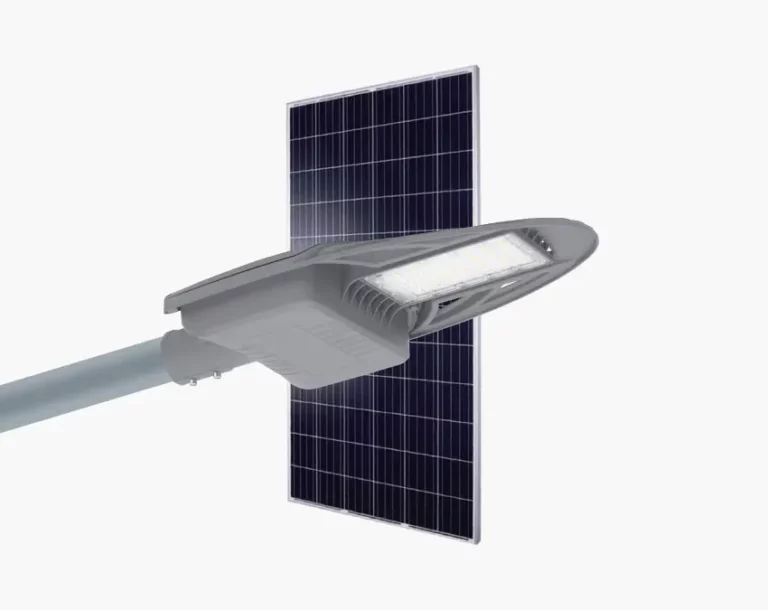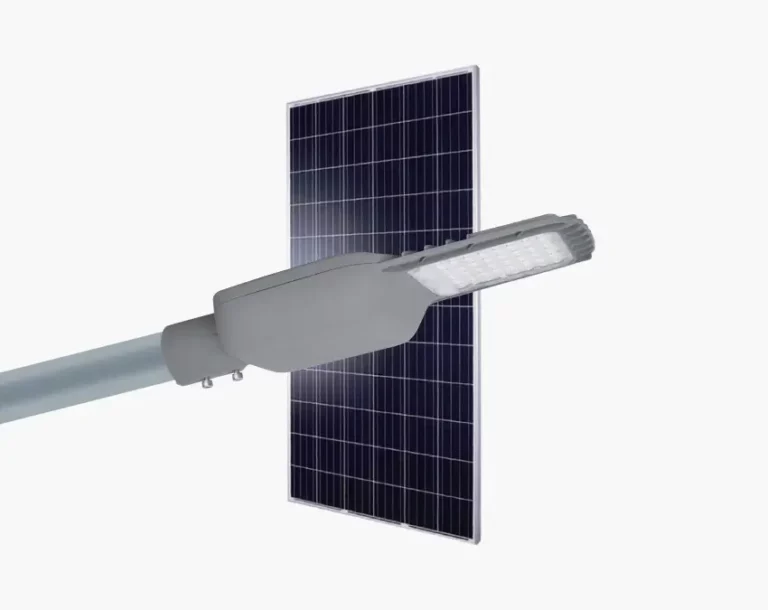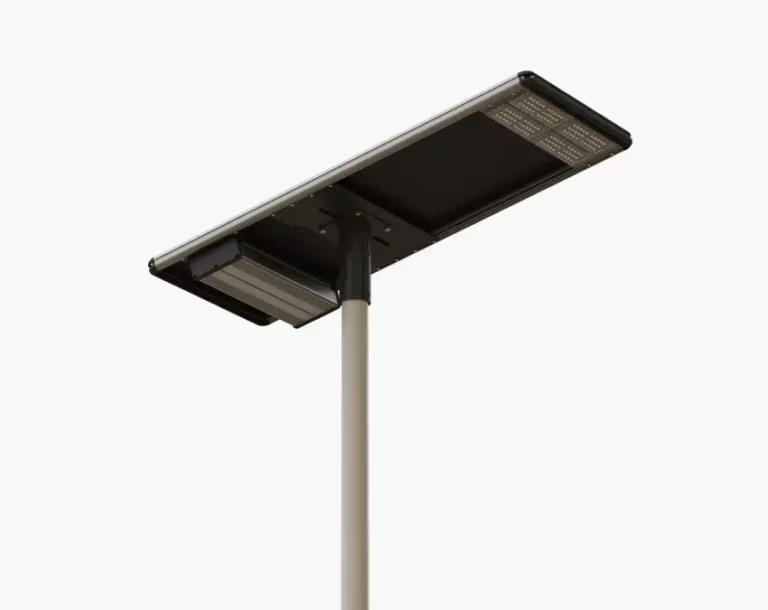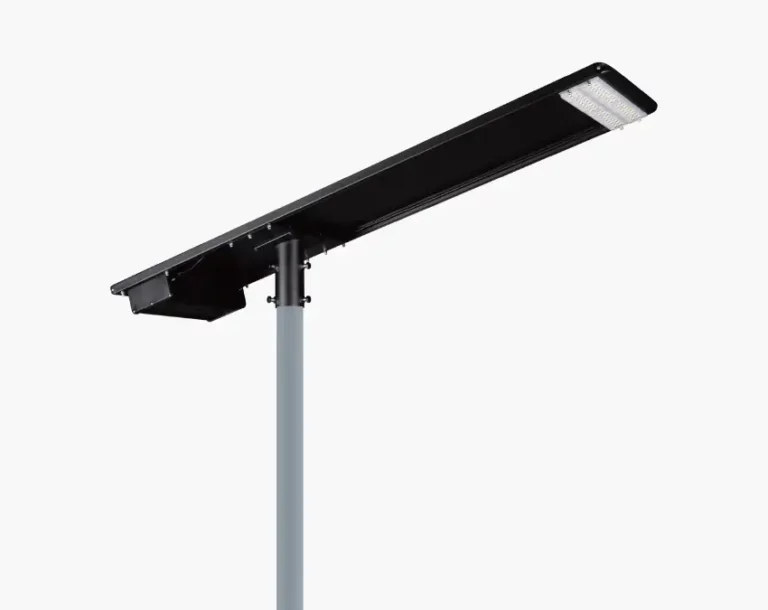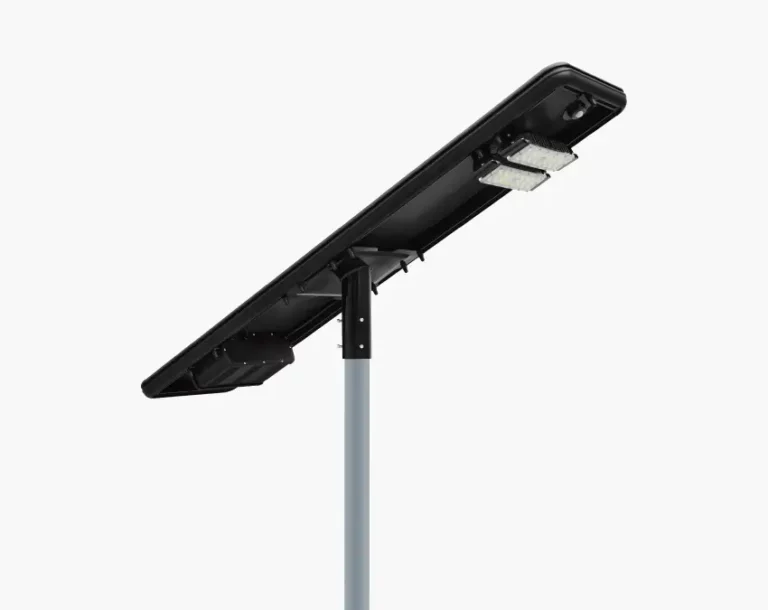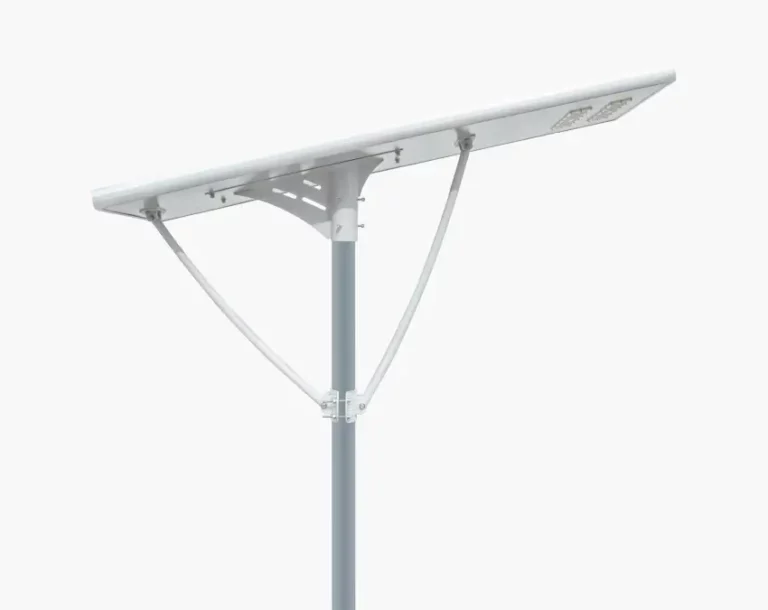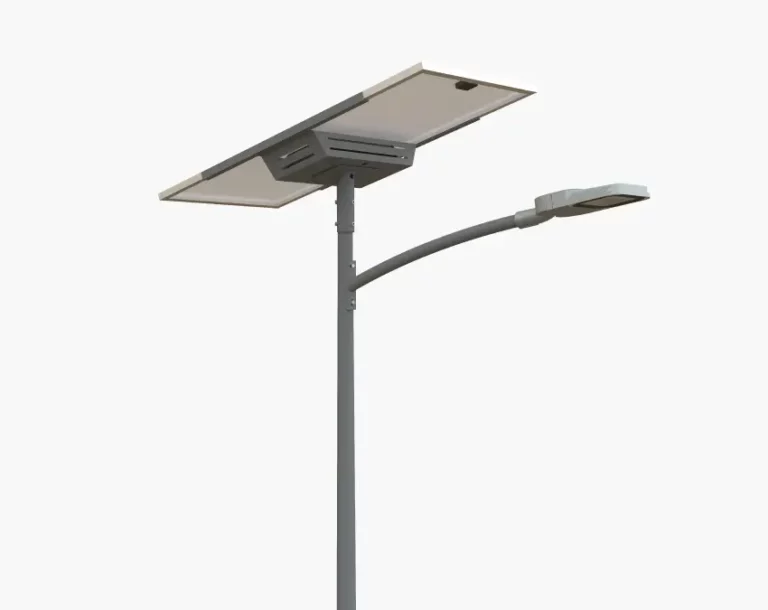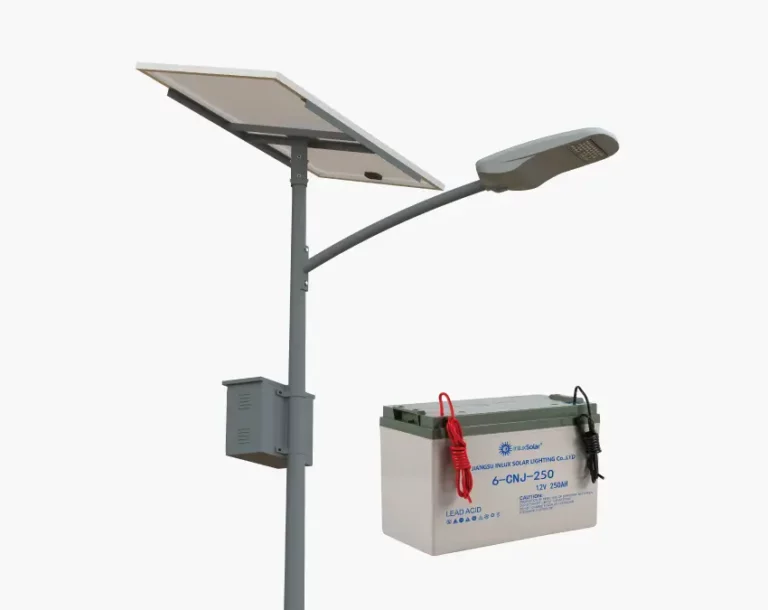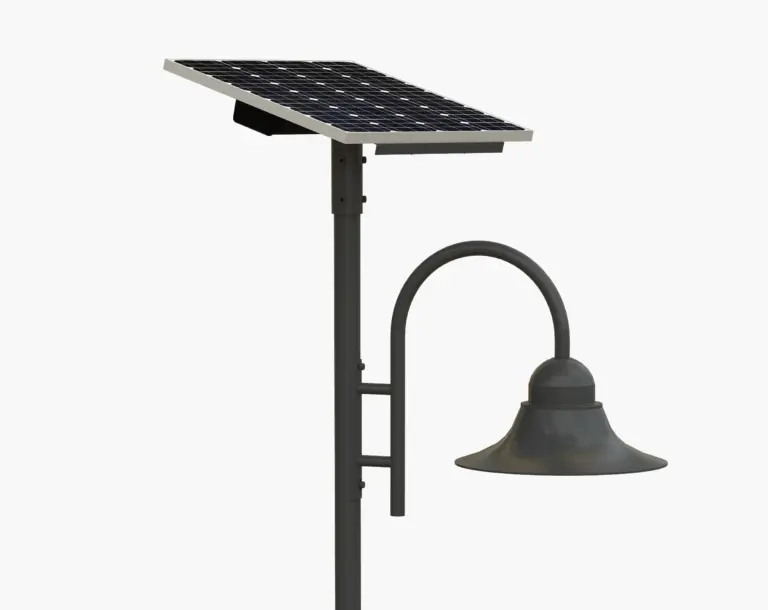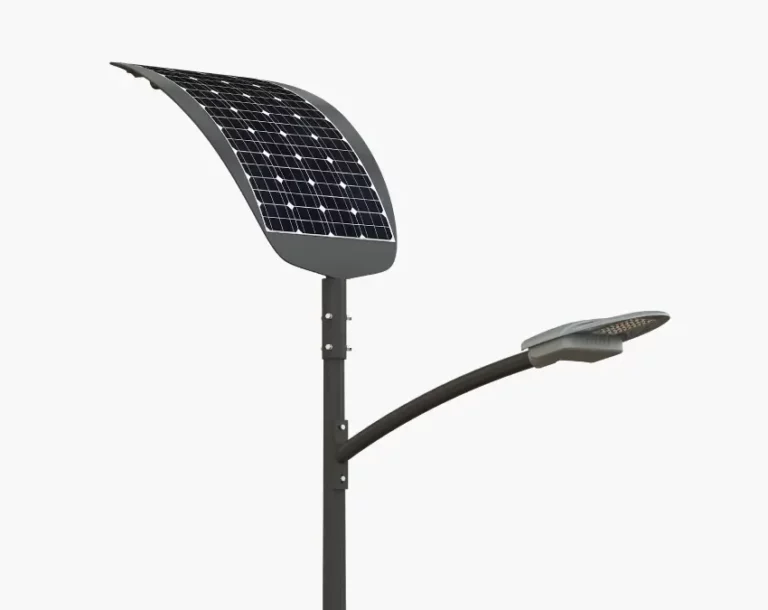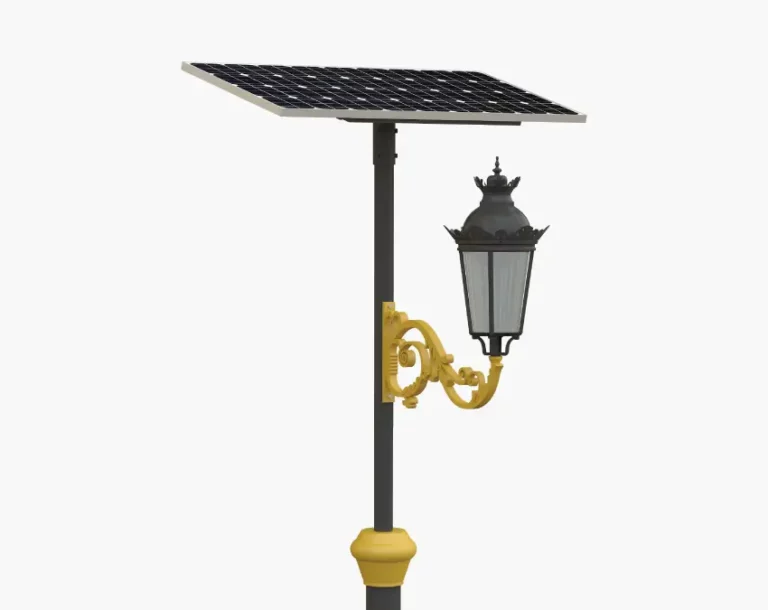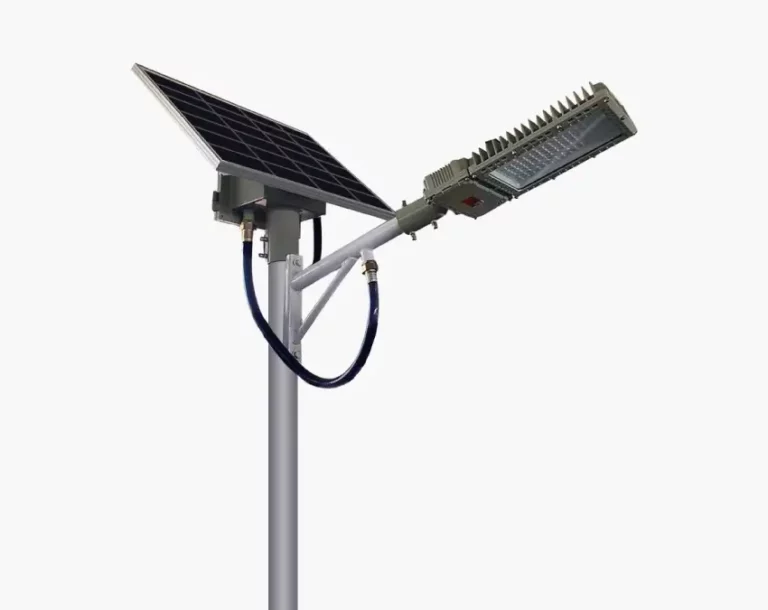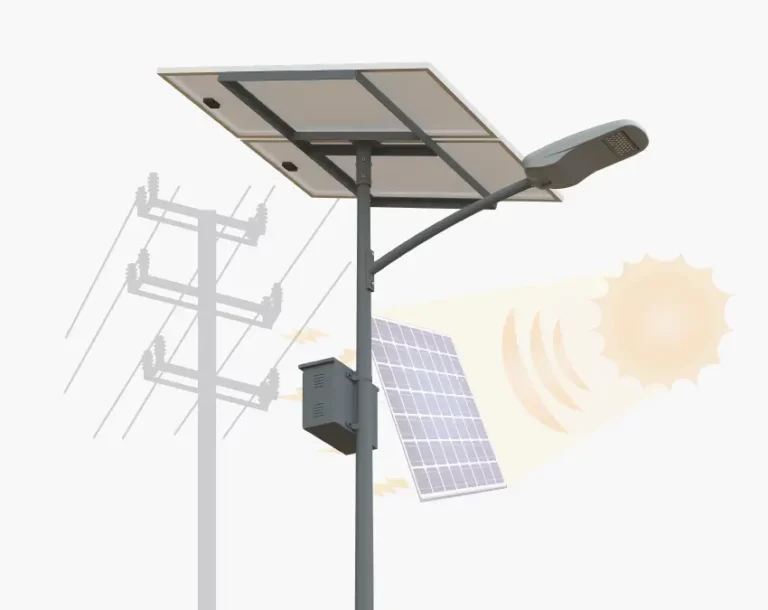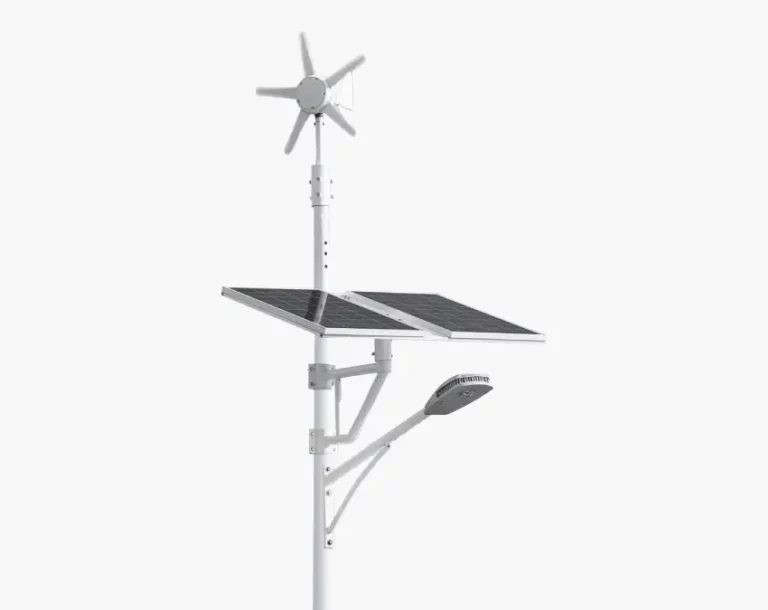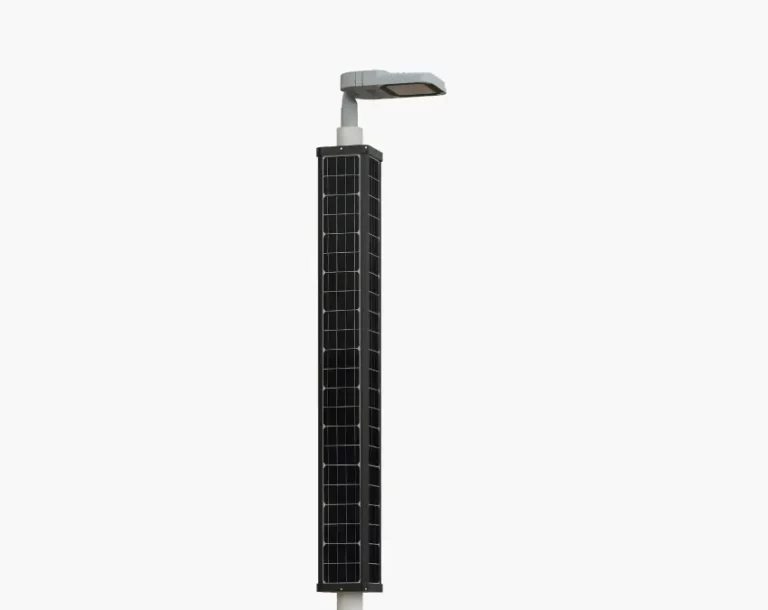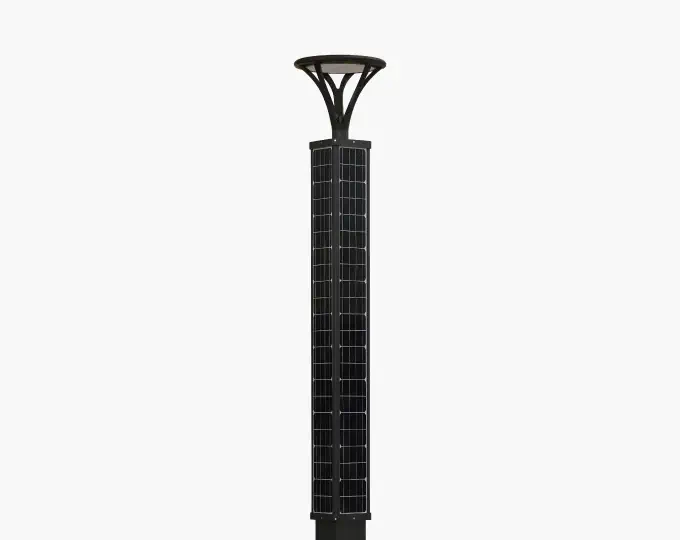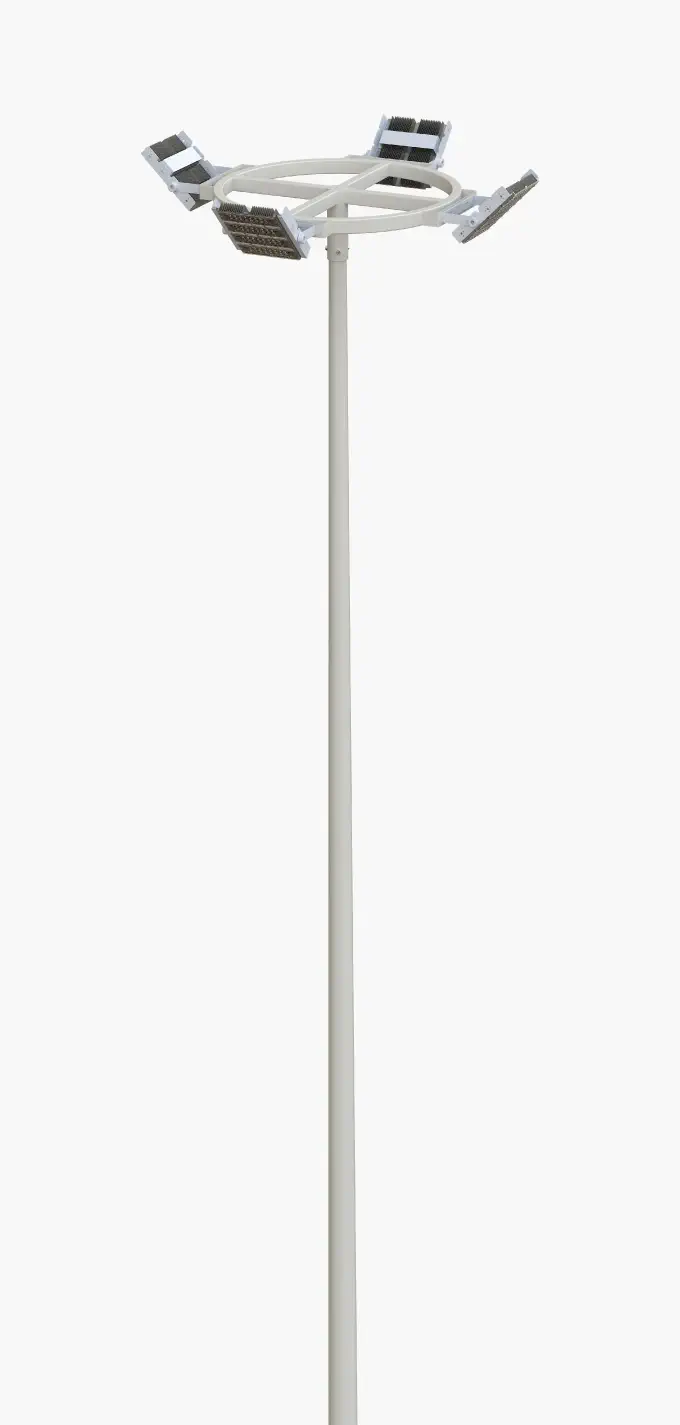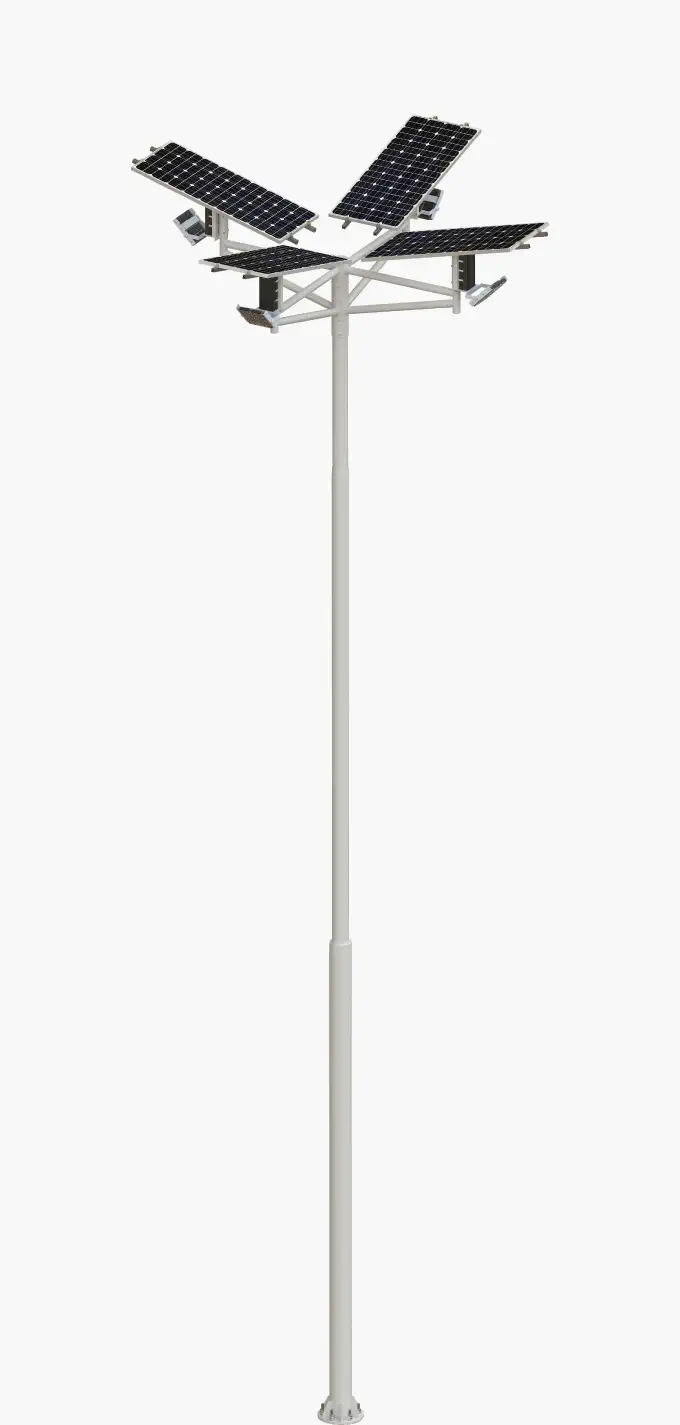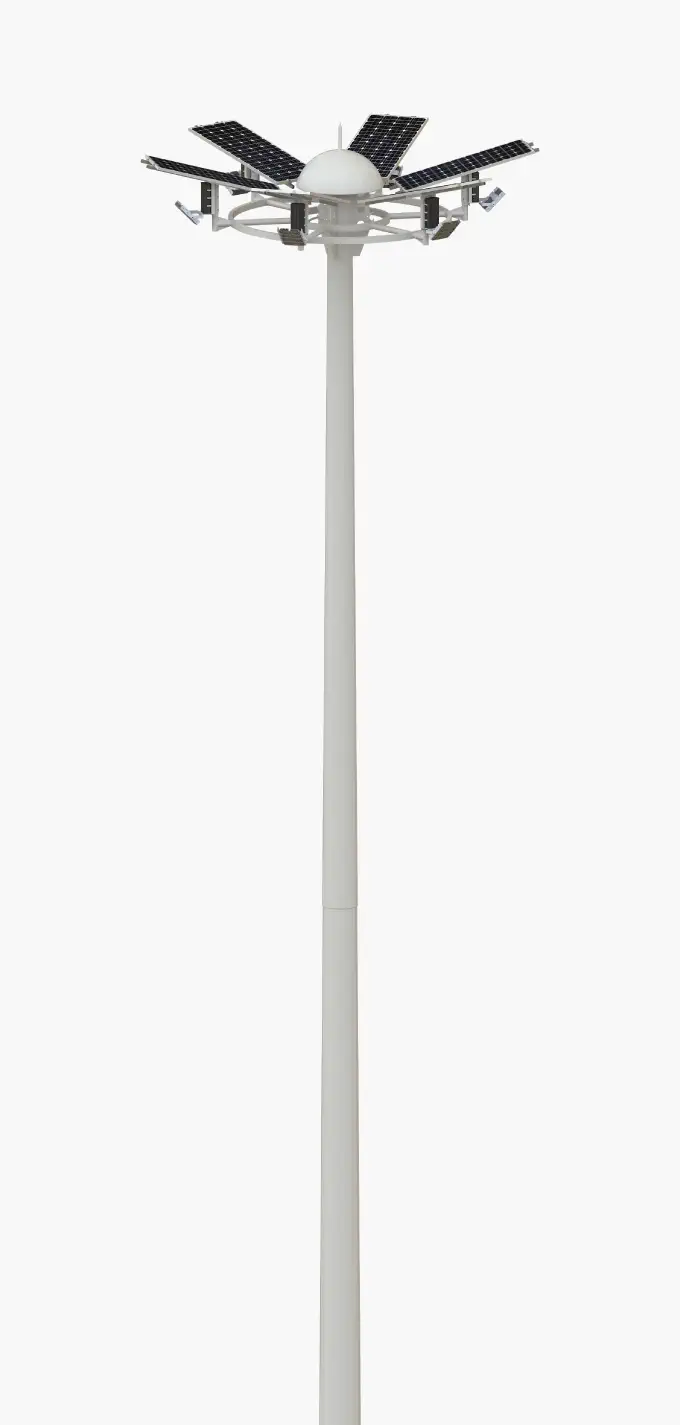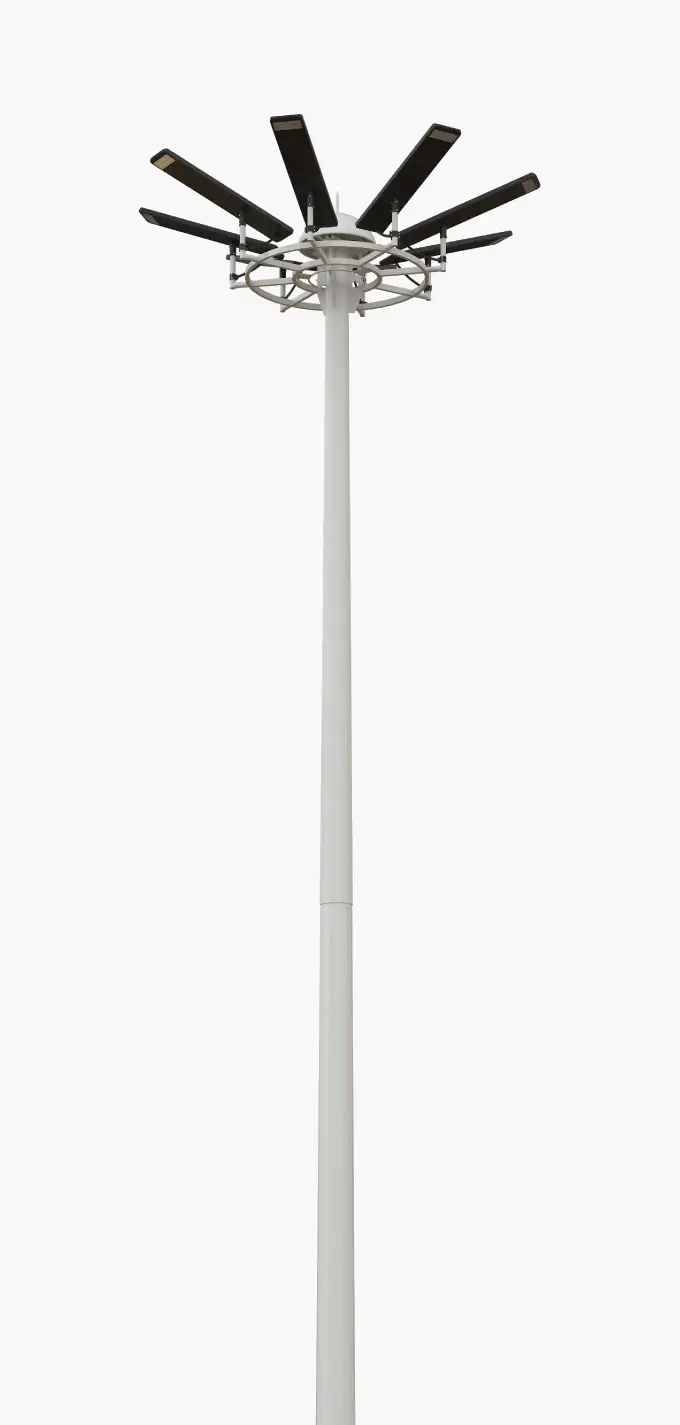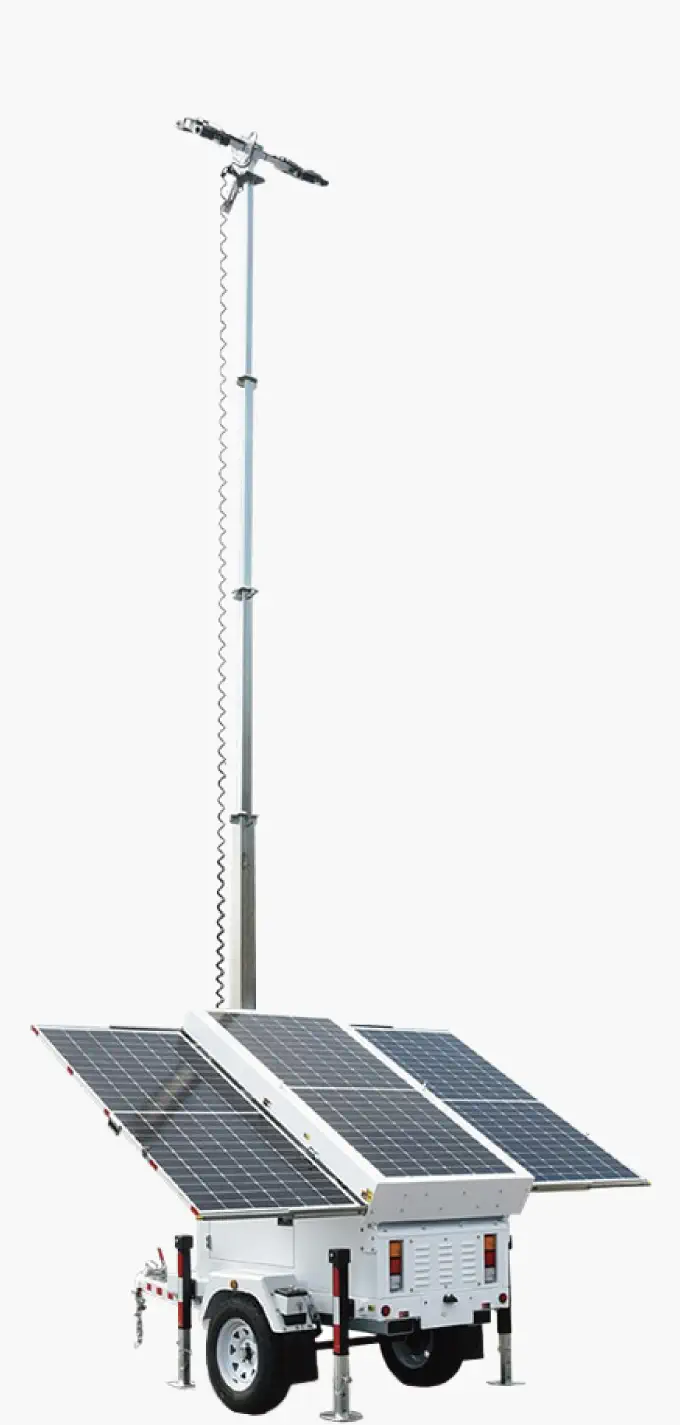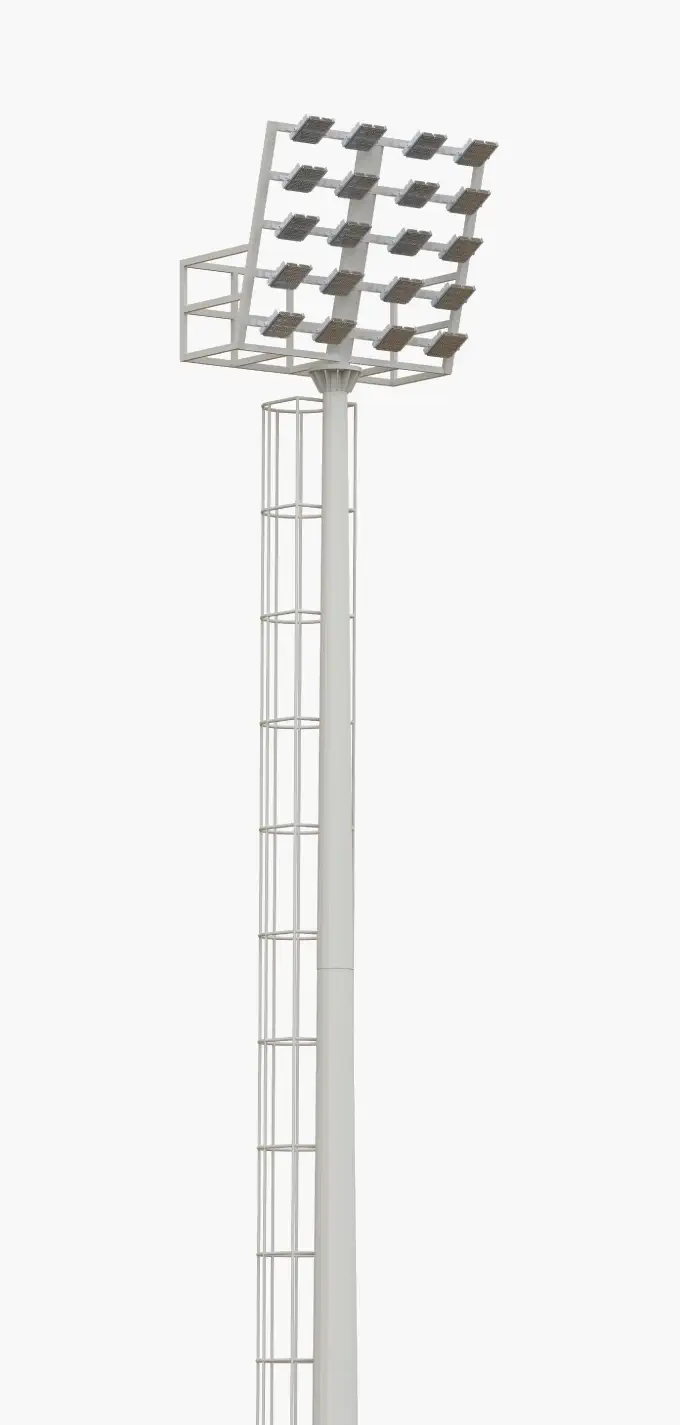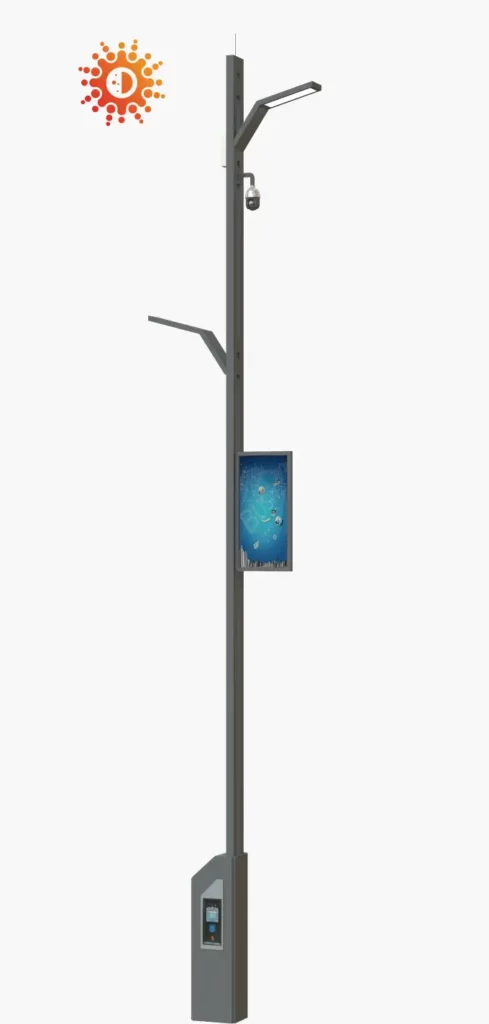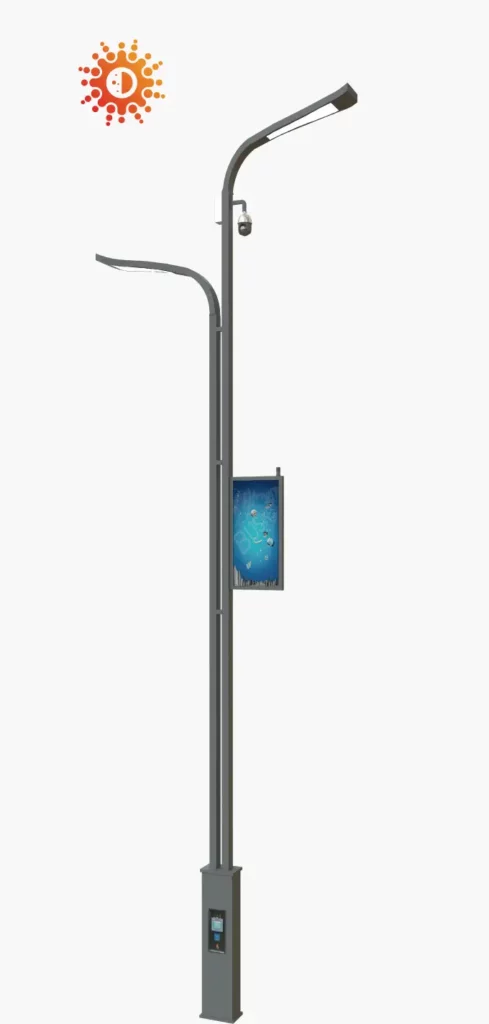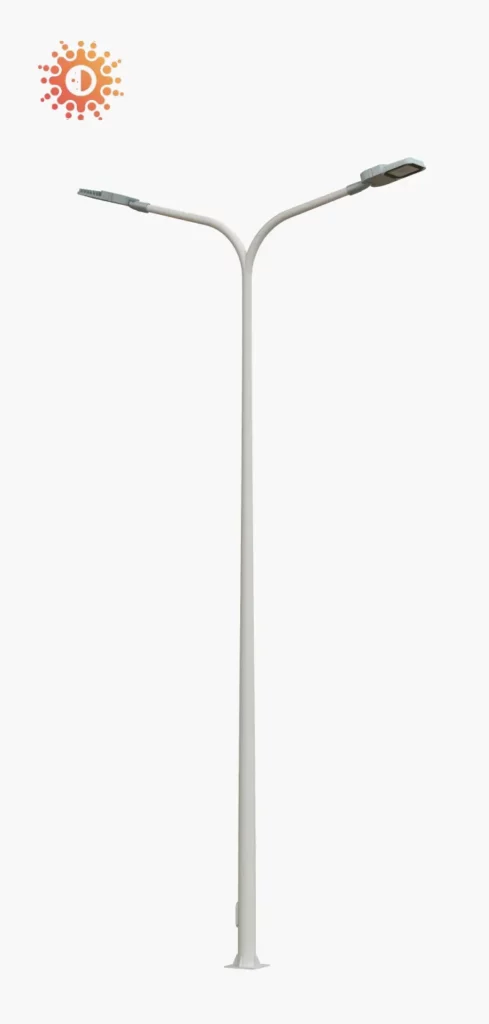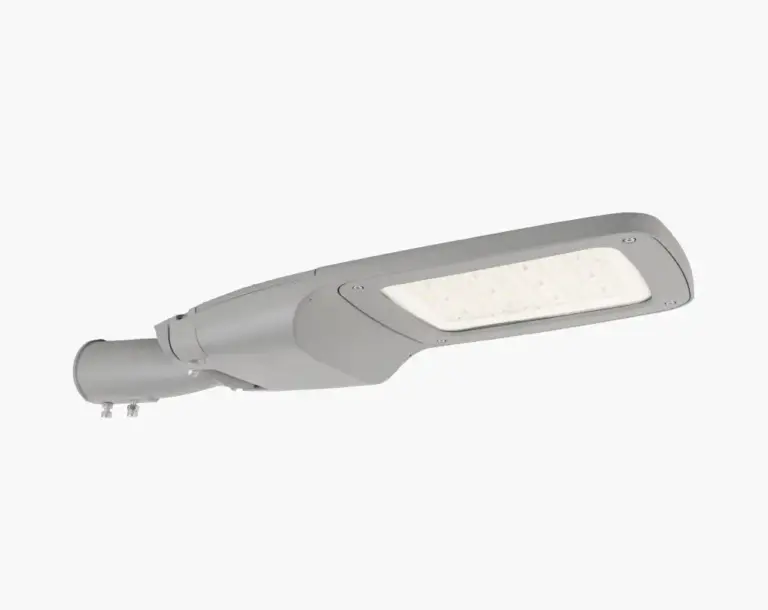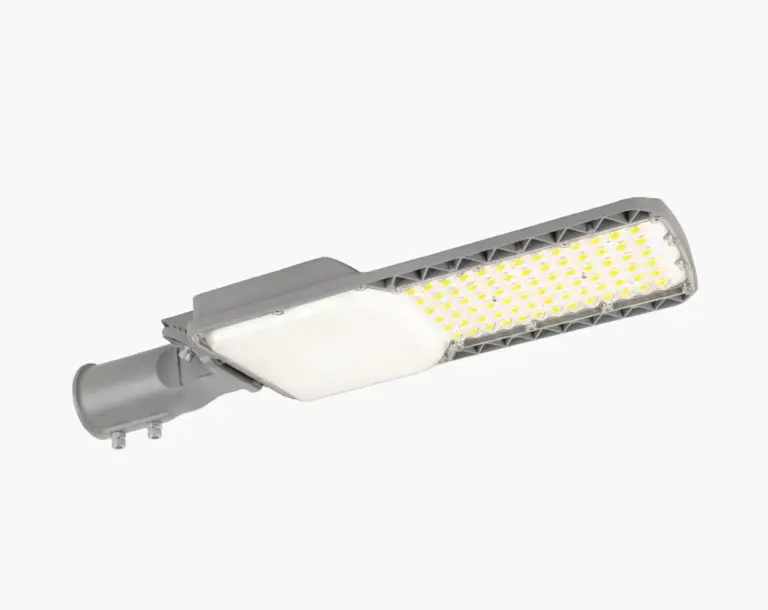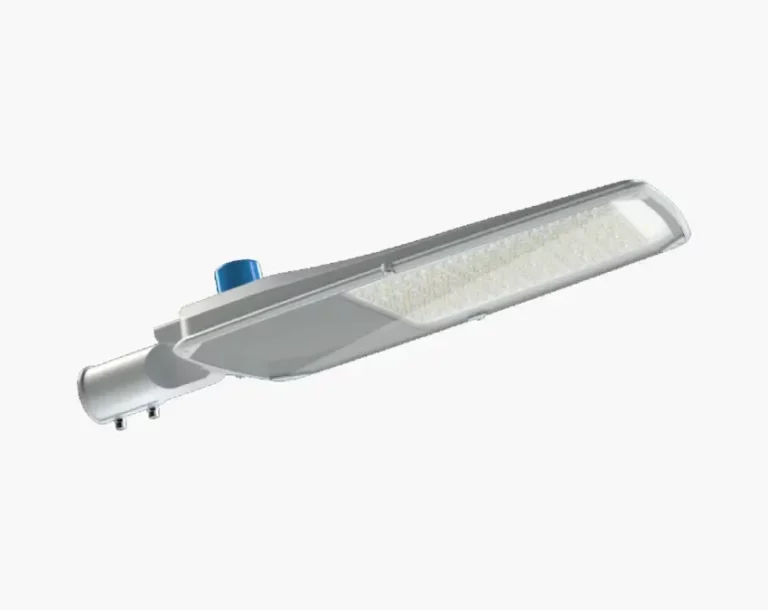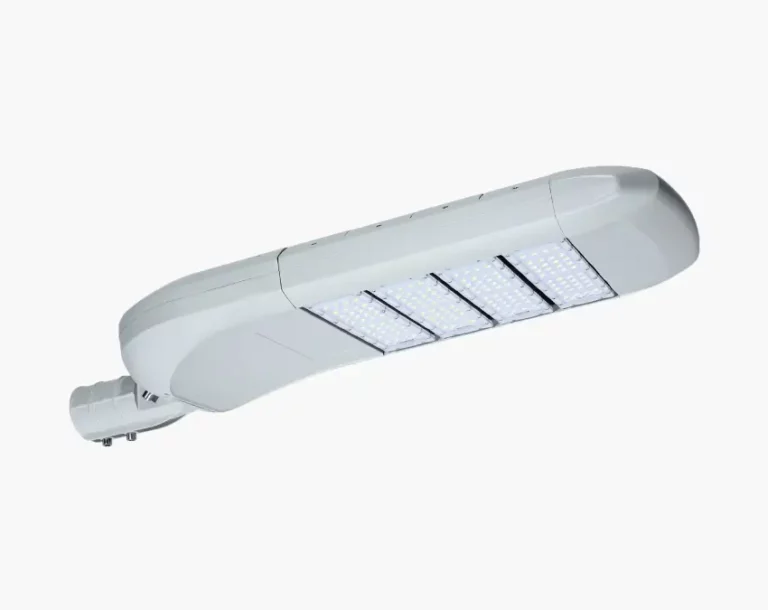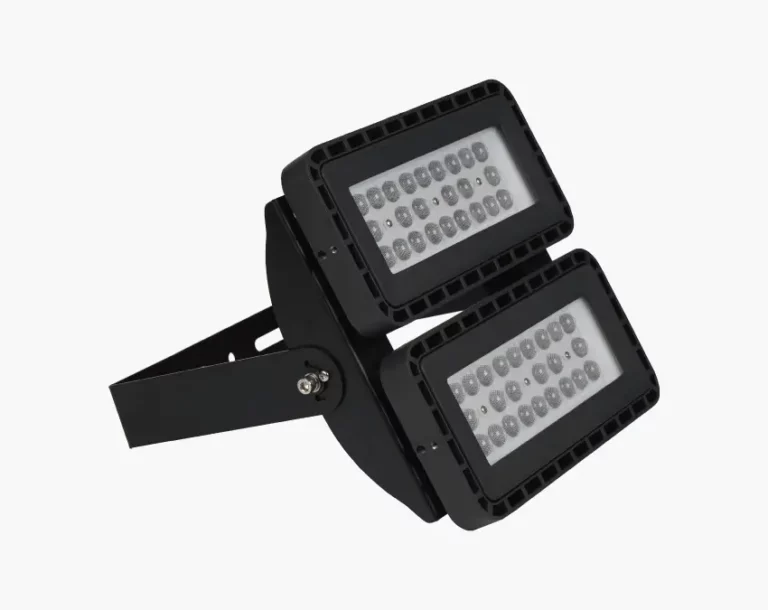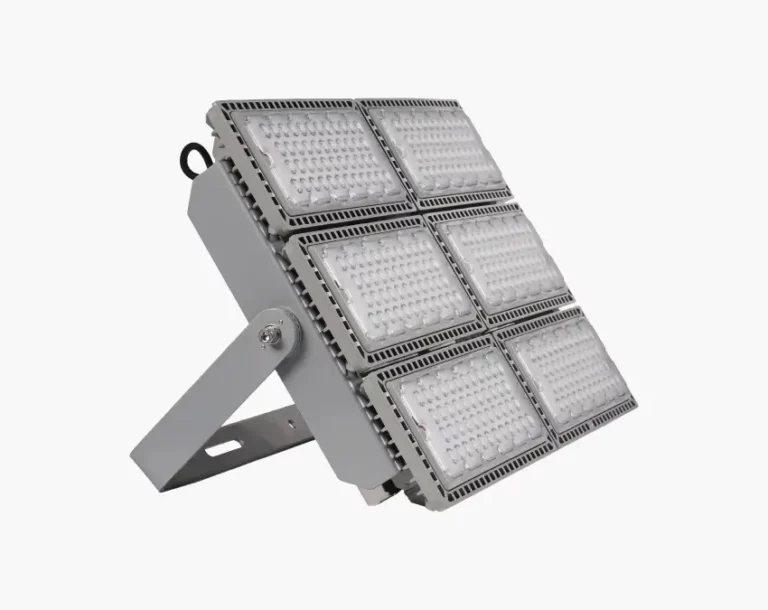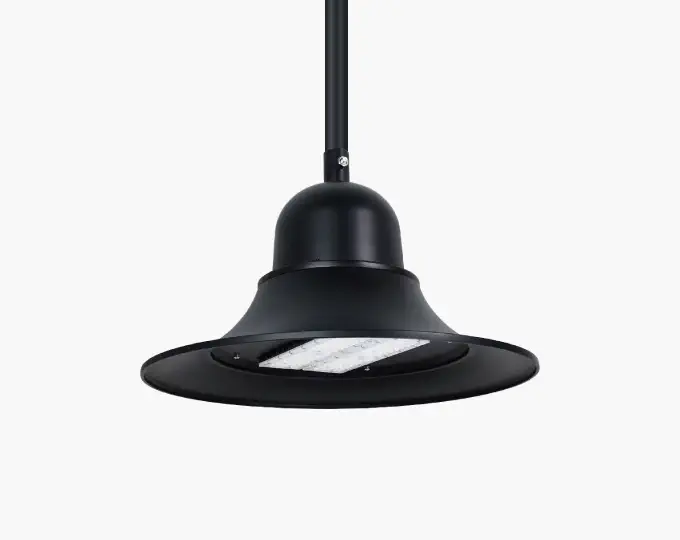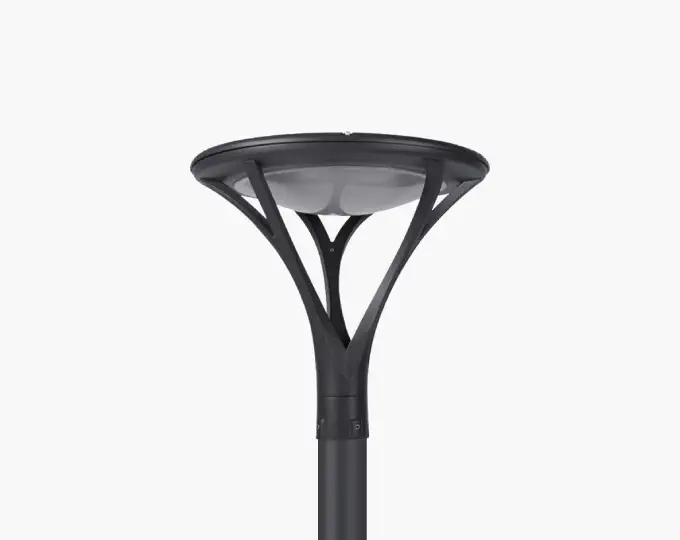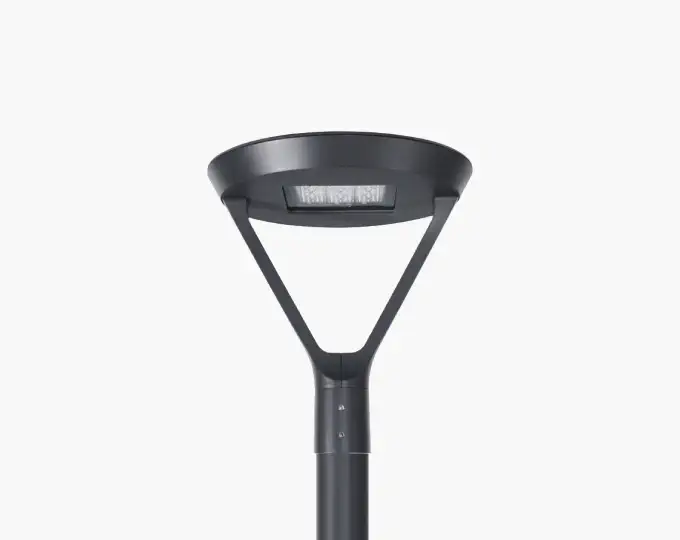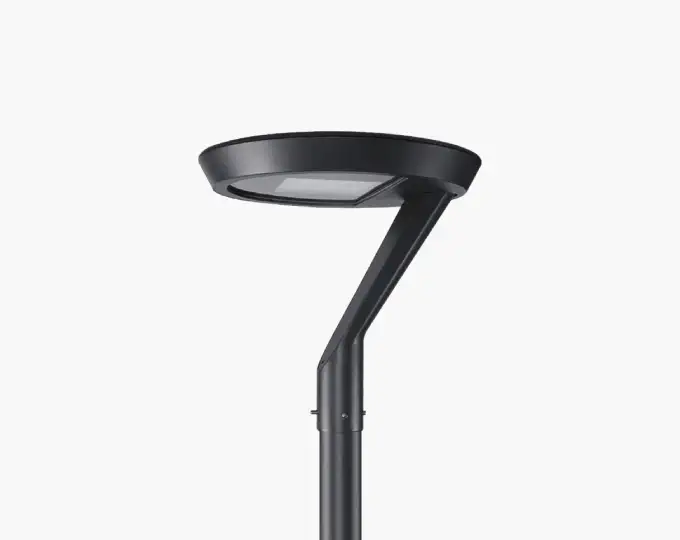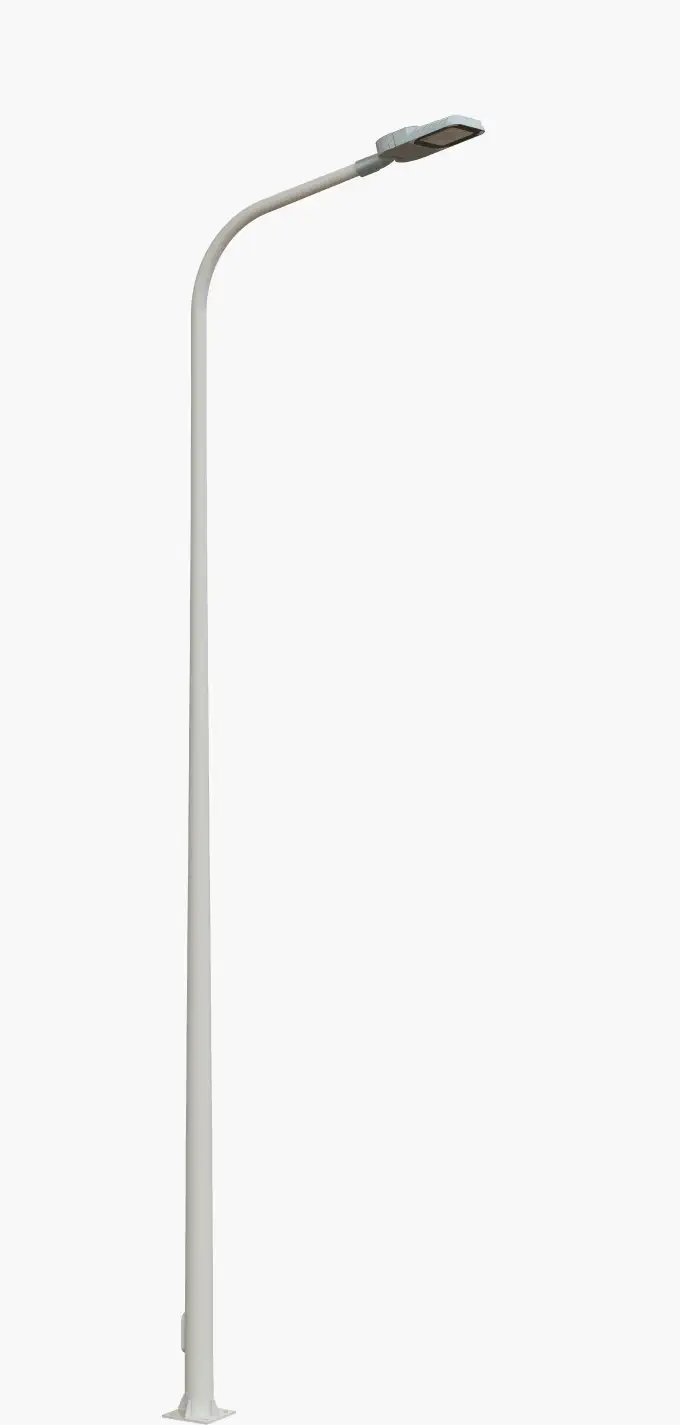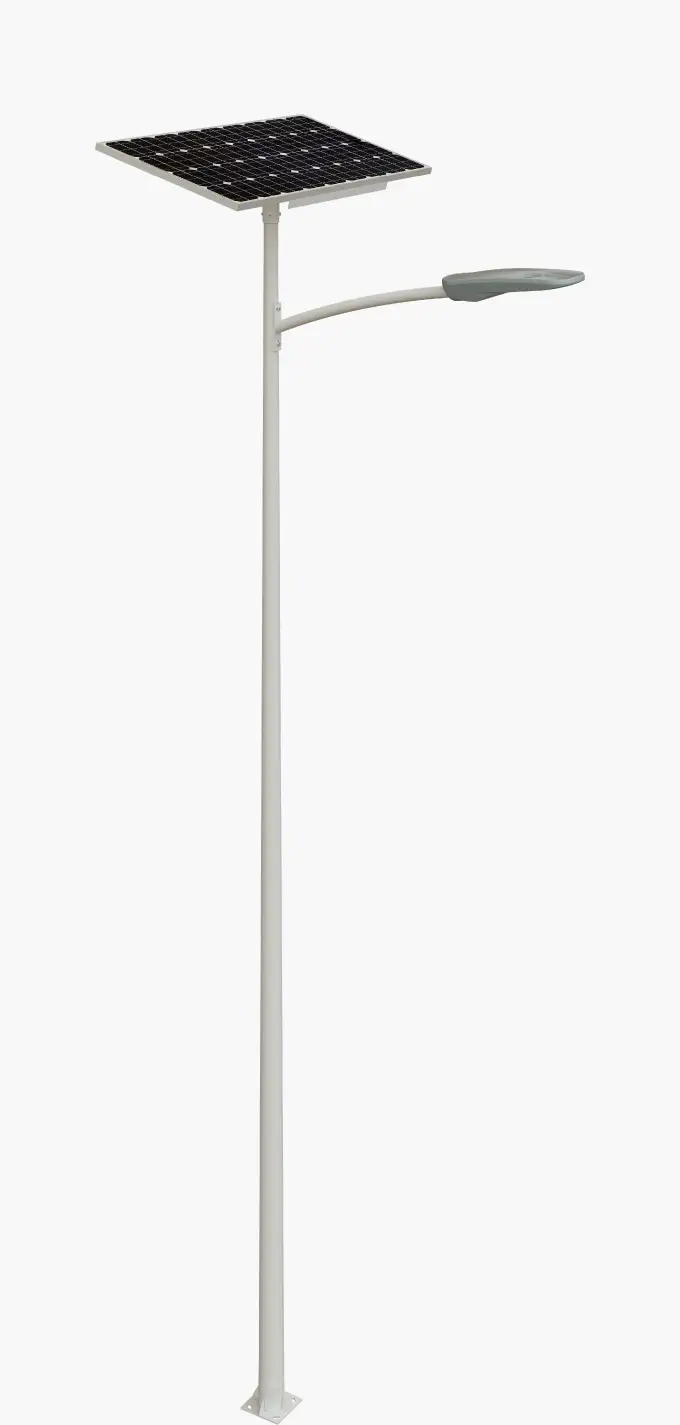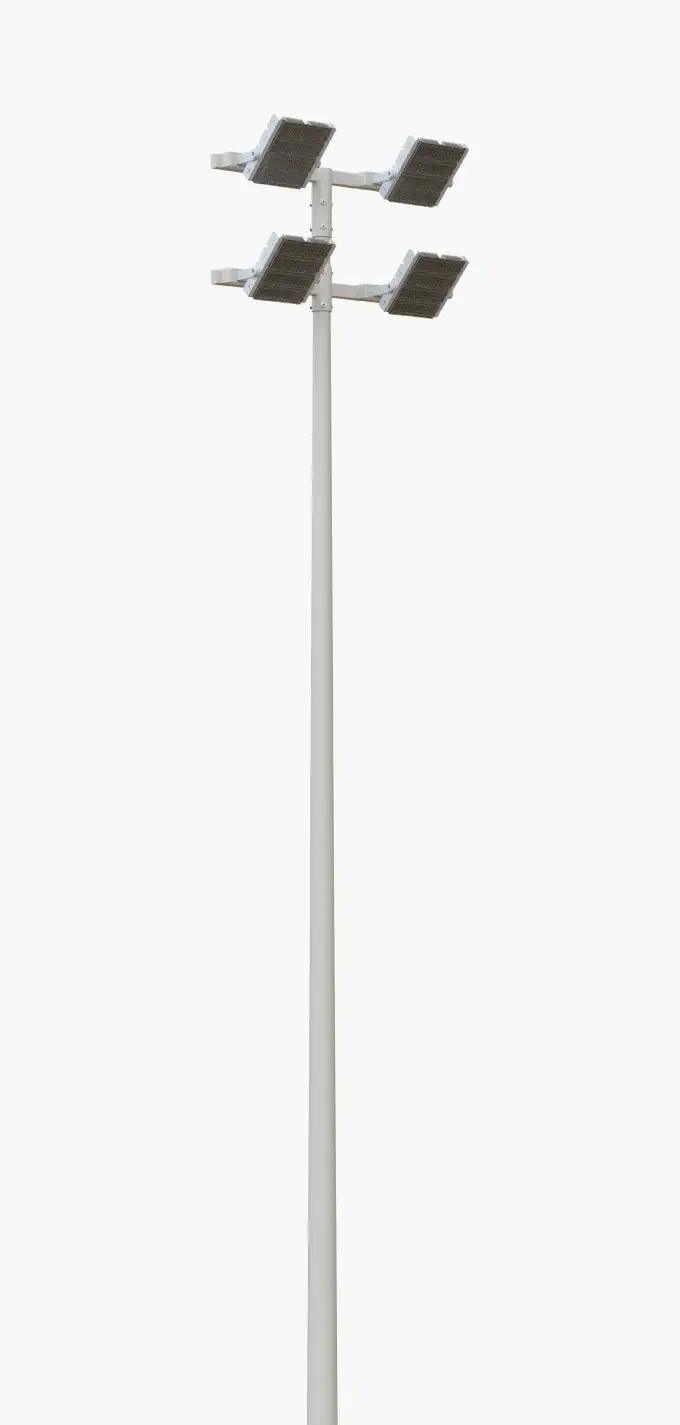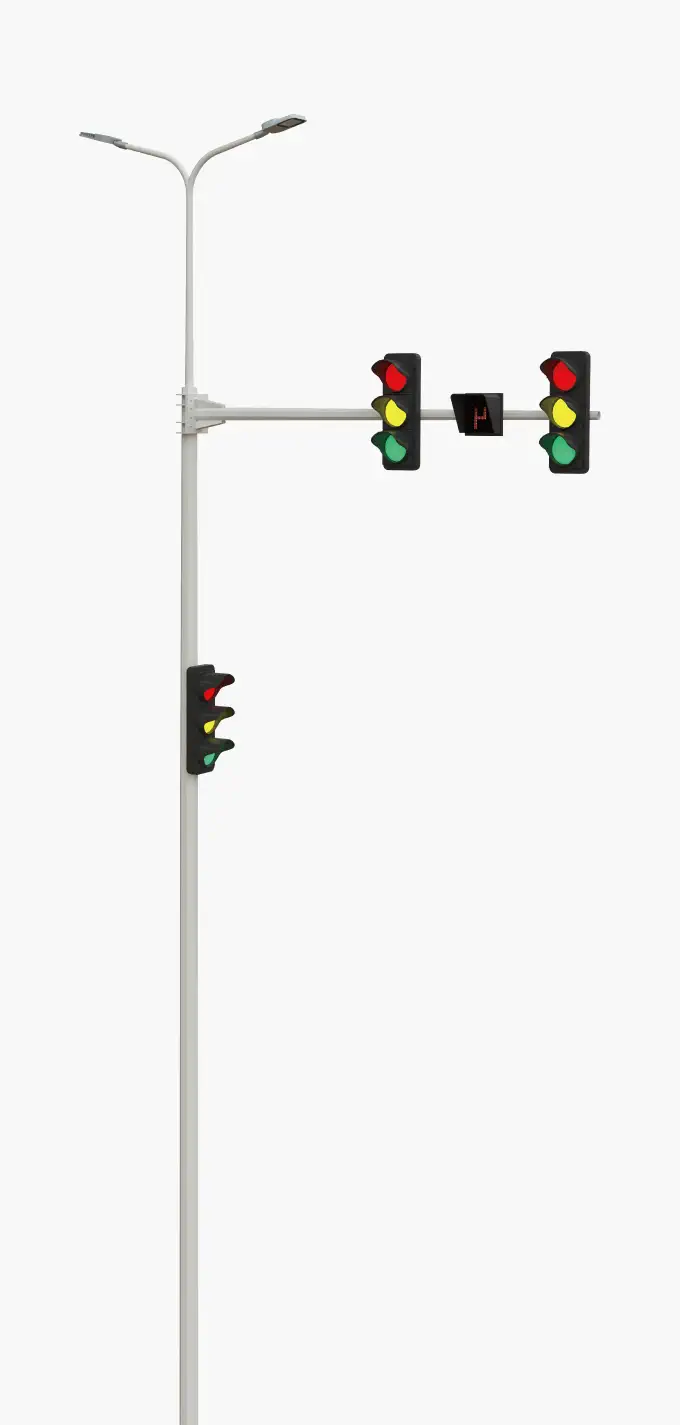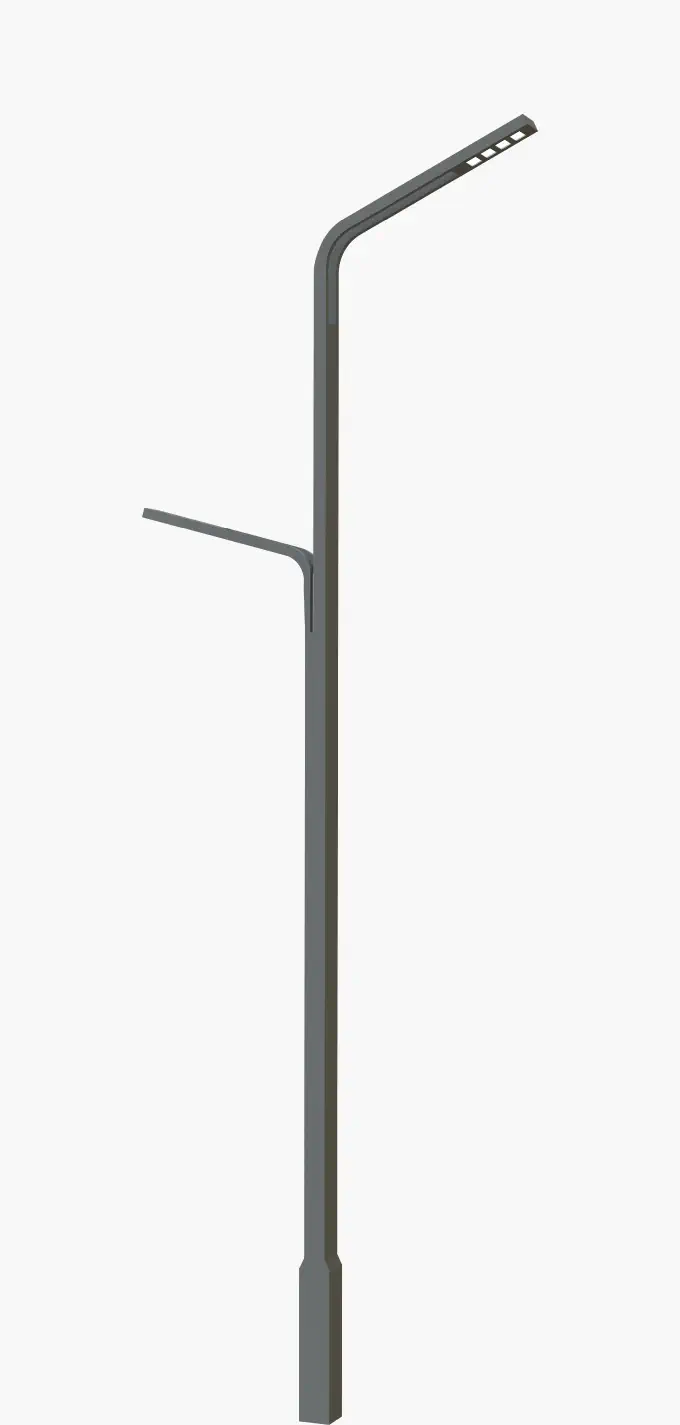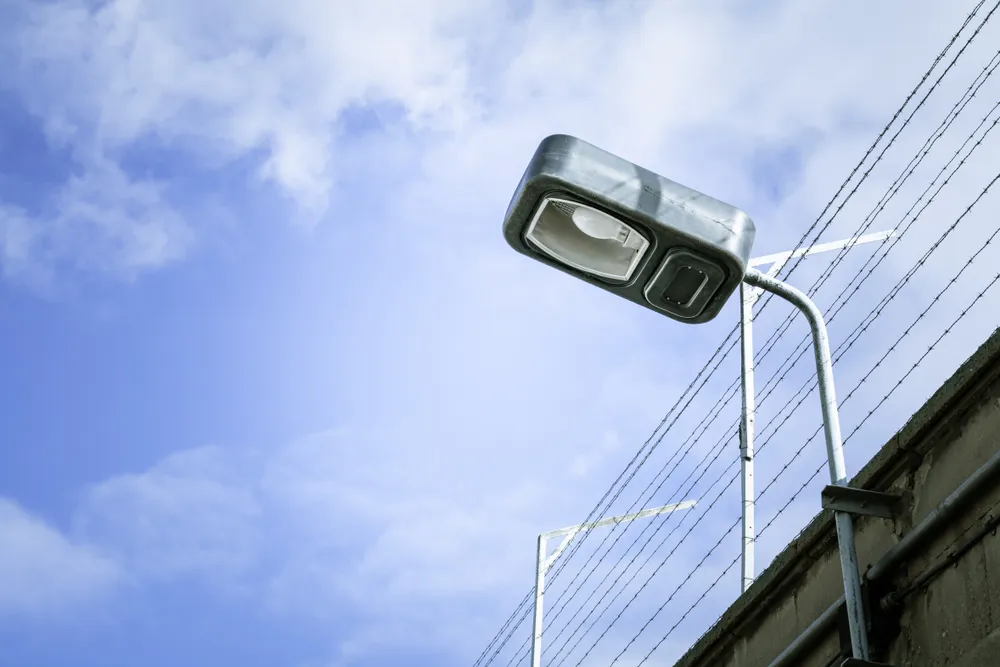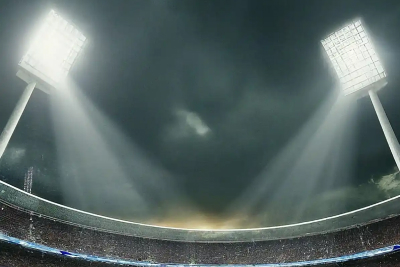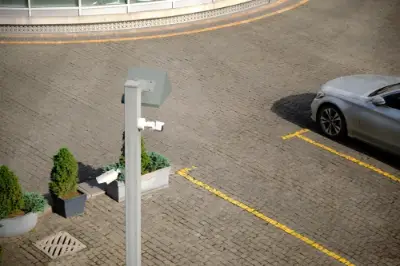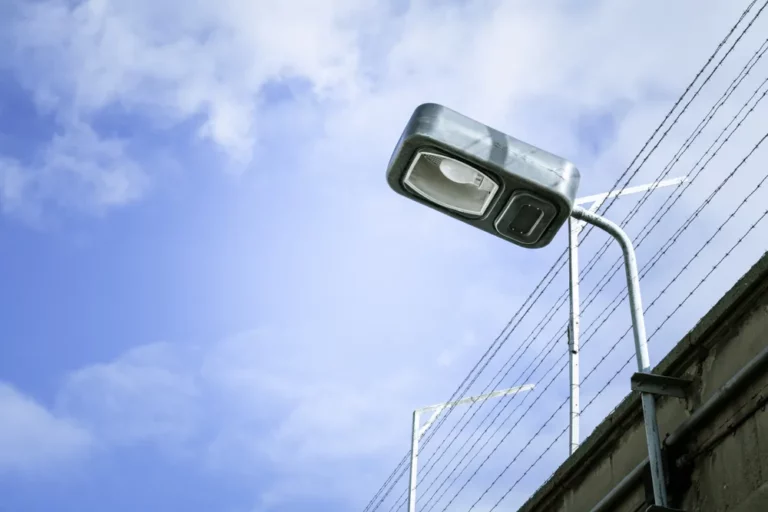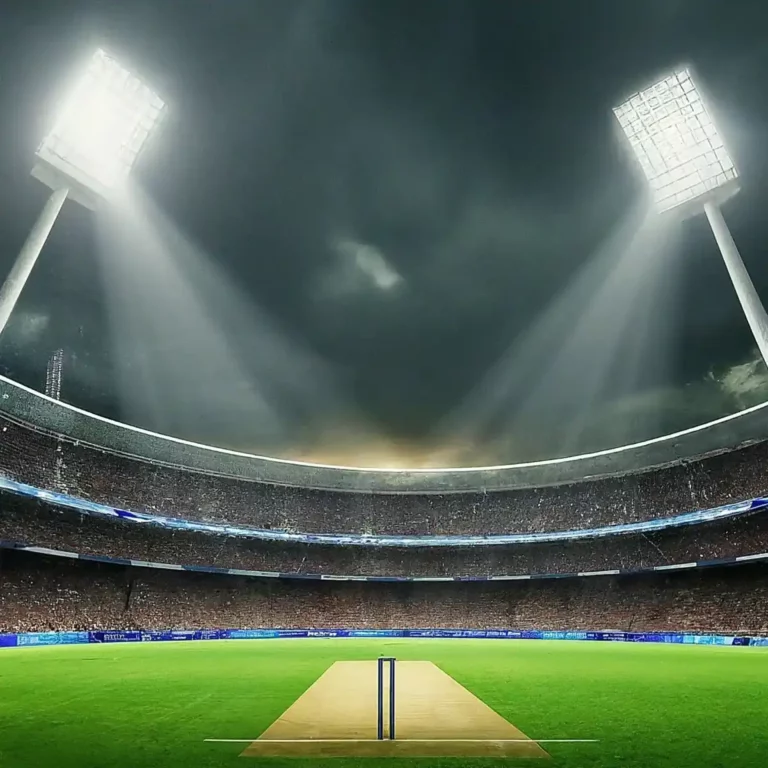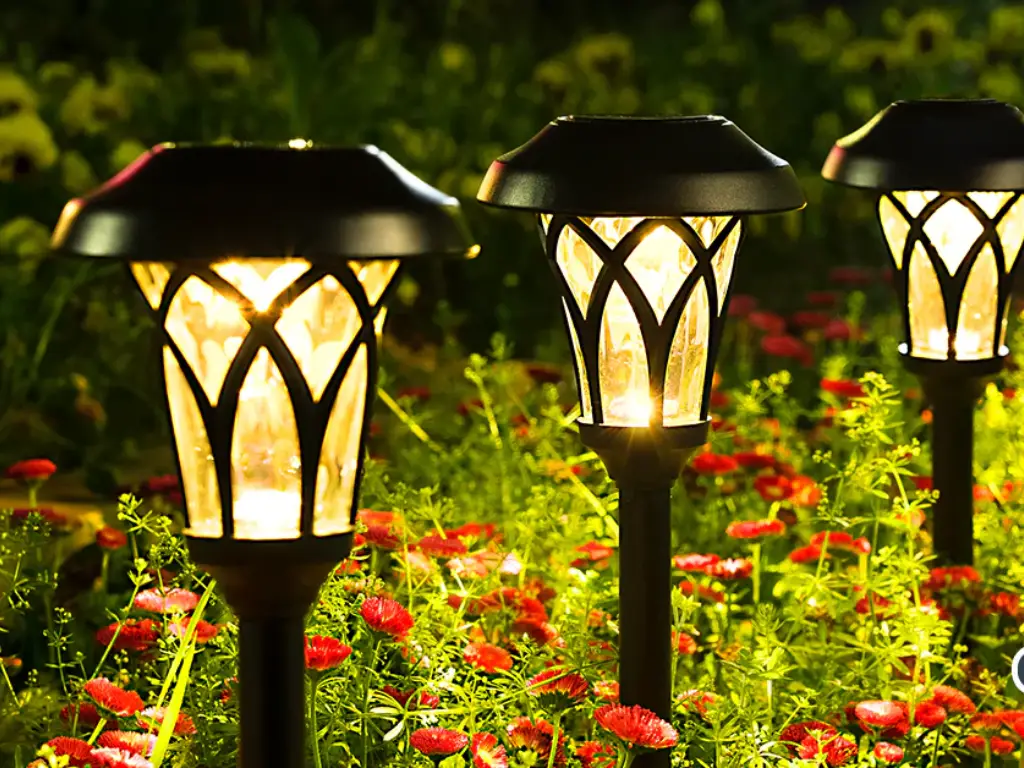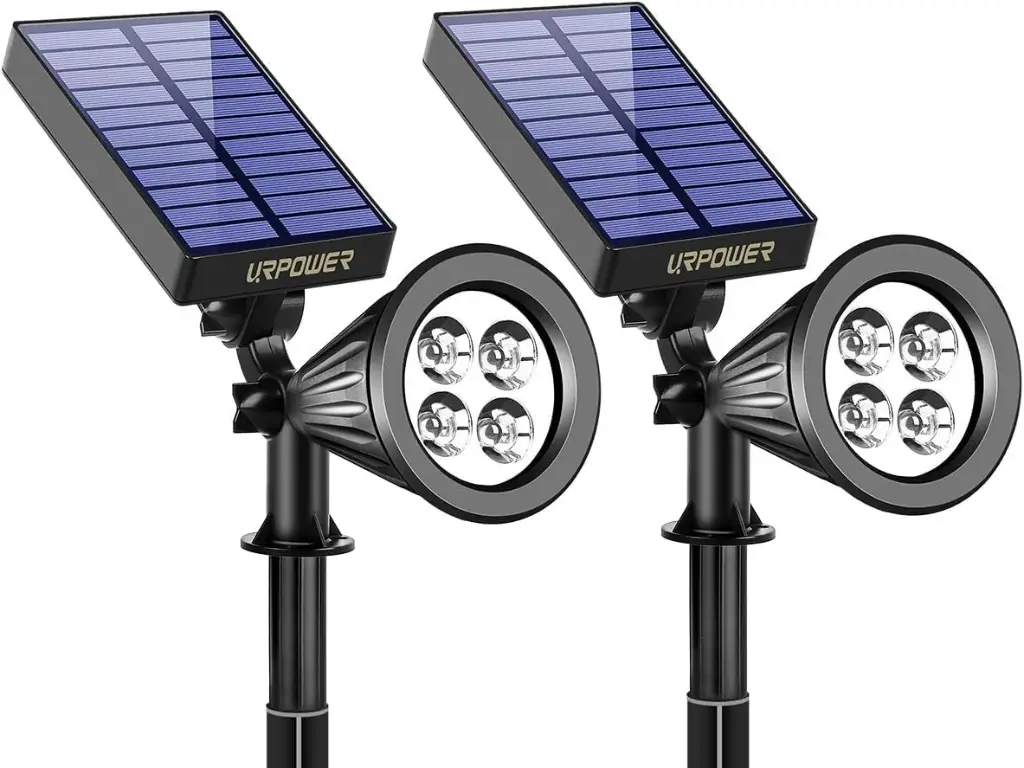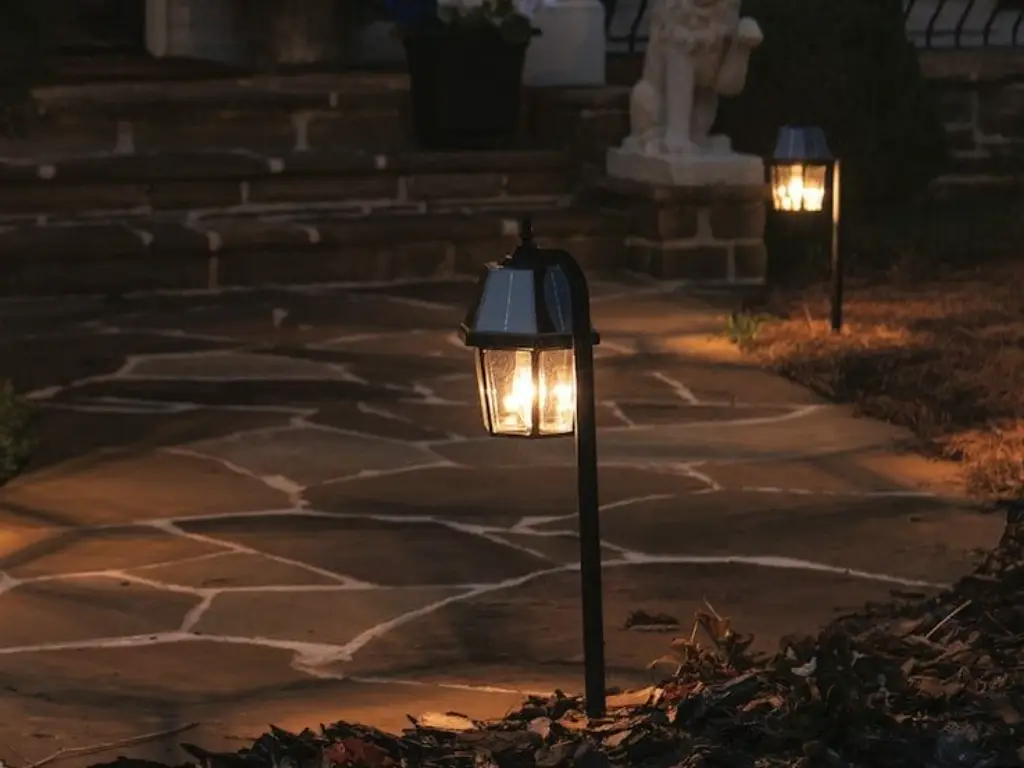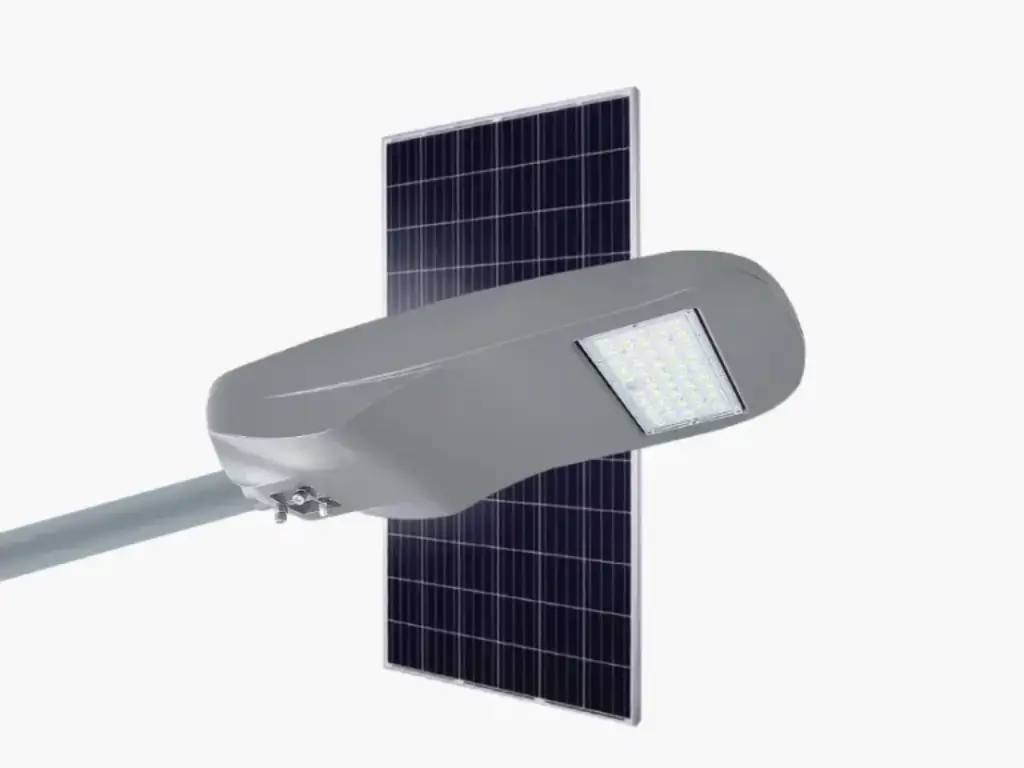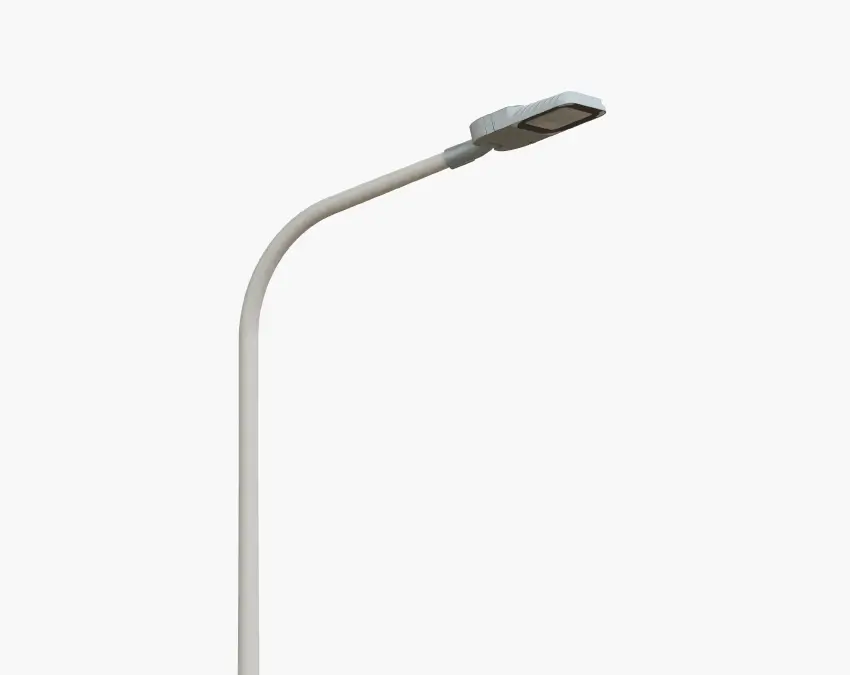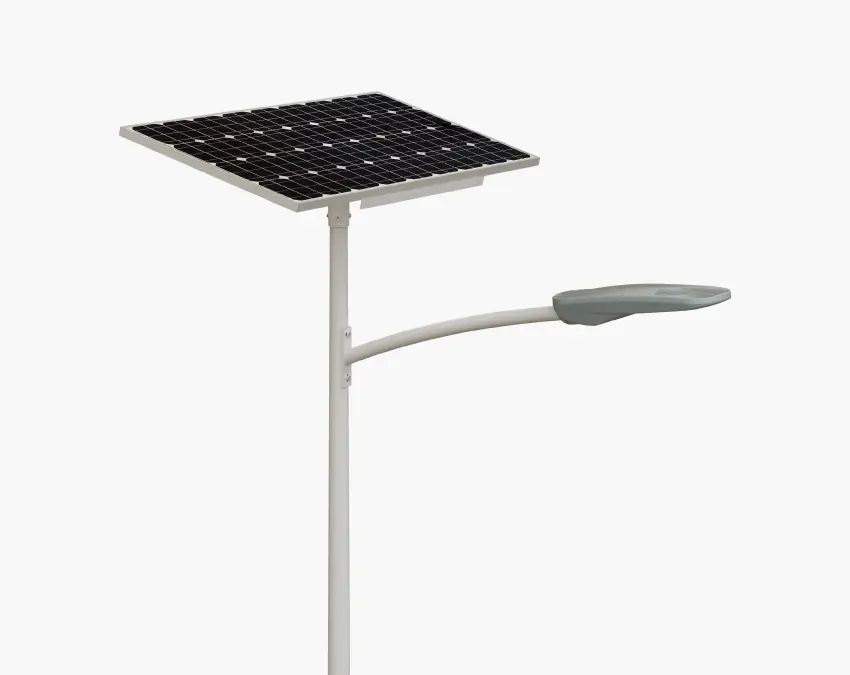As the sun sets, our surroundings transform in-sighting new details. Well-known features sharpen as the world becomes subdued and full of anticipation. Light offers signal and underscores the beauty, but beauty also conceals. Nowadays, with the help of technology, we are no longer in need of the light’s reassurance during the night; We can now rely on solar technology. Lighting pathways with solar lights serves more than one purpose; Their function goes beyond simply illuminating walkways. These lights act as guides for movement, transitioning the simple act of walking into an experience after sunset. Illumination during nocturnal hours propels the user’s safety while traversing during nighttime. Enhancing rhythm relies not only on the elements sustaining the solar lights’ structures, their practicality, and ability to endure inclement weather. Rather, it relies on how well they capture solar energy and integrate outside components.
Why Choose Solar Lights?
Solar pathway lighting is attractive, and their significance in landscape lighting is easy to understand. At the core of this is a sensible elegance: capturing the sun’s limitless solar energy for outdoor lights.
This captures a problem in an environmentally friendly way, providing practical conclusions to be drawn for various outdoor use scenarios. There is no need for complex wiring diagrams or trenching through meticulously maintained lawns. Installation often consists only of pushing a stake into the earth or attaching a fixture to a surface. Once set, they function independently. There is no noise, only energy gathering during the day, while glowing automatically as twilight deepens. Beyond aesthetics, these lights also contribute to safety, serving effectively as security lights for better homes.
In addition, the financial incentives are compelling; apart from the initial purchase, the cost of operation is essentially nothing. These solar outdoor lights are fundamentally separate from the entire electrical system, illuminating around your house without adding a cent to your electricity bill; forming a miniature power grid. Combining convenience, sustainability, and efficiency, these solar lights become undoubtedly useful for pathways and other outdoor areas.
Essential Features Checklist
Choosing the best solar light for your walkway requires you to pay attention to the following attributes. These factors determine both effectiveness and appropriateness:
- Brightness (Lumens): The brightness of the light in lumens helps determine the clarity with which it illuminates the walkway, something that serves as the primary purpose of light.
- Battery Performance: The kind of battery and its capacity defines the length of time the light will operate after dark, therefore it is important to consider battery performance.
- Solar Panel Efficiency: The speed and effectiveness with which the battery charges in conjunction with sunlight is determined by solar panel efficiency.
- Runtime: Runtime is the hours the light can stay illuminated on a full charge, while practical panel and battery performance should be taken into consideration.
- Waterproof Rating & Material Quality: The waterproof rating as well as material quality are essential for endurance given outdoor positioning as the lights are subject to rain, snow, and other environmental factors.
- Design and Style: Apart from functionality, design and style are critical for aesthetic integration to the landscape, offering a variety of styles to match different tastes.
- Additional Features: Depending on your specific needs, features like motion sensors or adjustable brightness belong to additional features. These options often include light settings or lighting modes, providing different lighting modes for various scenarios.
This will ensure the lights are not just functional, but reliably so.
Understanding Brightness & Power
Brightness in lighting can be measured in terms of lumens of light, which defines the total amount of visible light emitted by a source. As for walkway lighting, brightness depends on purpose. Low-lumen lights serve primarily as markers (generally less than 20 lumens), marking the edge of the path and providing formation and direction. They are like breadcrumbs of light which beautifully enable one to hint at the way forward. Lights with higher lumen counts, 30-100 or more, provide brighter light useful for revealing obstacles or detailing the surface of the path while accenting features or providing security lighting.
The stored energy in the rechargeable battery, which the solar panel recharges during the day, powers this illumination. The run time of light is inherently linked to the solar panel’s efficiency (how well it converts sunlight into electricity) and the battery’s capacity (measured in milliamp-hours mAh). Having a large solar panel or larger solar panels can capture more energy, which, combined with greater battery capacity, means the light’s duration after sunset will be longer if the panel is in direct sunlight. Obtaining enough power can be more challenging on cloudy days or overcast days, highlighting the importance of panel and battery quality. Today’s solar lights often use Lithium Iron Phosphate (LiFePO4) batteries because they outperform older Nickel-Metal Hydride (Ni-MH) batteries in regards to longevity and performance in different temperatures. The “dusk to dawn” feature, which most quality solar lights have, can be turned on by a light sensor that switches the light on at sunset and off at sunrise. This greatly improves effortless control while maximizing energy use during nighttime.
Built Tough: Durability Matters
Weather conditions pose a constant challenge to outdoor lighting. The sun, rain, snow, frost, and wind can all put any fixture’s stamina to the test, if placed outside all year round. When it comes to solar walkway lights, it is fair to say that ‘built tough’ isn’t just a marketing phrase, but rather a critical requirement for dependable weather resistant solar walkway lights that can last for years. A flimsy light will, sooner or later, yield to corrosion, cracking, or component failure, even if it manages to shine brightly at first.
Durability indicators of the device begin with its IP (Ingress Protection) rating) which states how well the light is shielded from dust and water. For outdoor purposes and against water exposure, an IP65 rating is the minimum, meaning protection against dust and water jets of low pressure from any direction. Even stronger water resistance against powerful water jets or temporary immersion is possible with higher ratings like IP66 or IP67. These levels of protection are often verified through rigorous water tests. IK (Impact Protection) rating indicates resistance to mechanical impact, making the light useful if placed in a location prone to accidental kicks or falling debris. Reasonable impact resistance is suggested with IK08 or higher; some manufacturers even test durability with impacts, like dropping a golf ball onto the fixture as part of their durability tests.
The kinds of materials used hold utmost importance. Certain low quality plastics can discolor and become fragile due to UV exposure. Select lights that are manufactured from long-lasting materials such as powder coated stainless steel, aluminum, or UV resistant ABS plastic. Their lenses should preferably be glass or polycarbonate that is strong and will not turn yellow over time.
Simple Setup, Best Placement
The easiest advantage of solar walkway lights is their installation. Forget about trenches, digging, laying expensive cables, or pay an electrician. For most stake-style lights, setup is almost as simple as assembling the light. In this case, just attach the ground stake to the fixture then push the light into the ground along the desired path. Surface-mount options only require a few screws. This goes to show why they are most suitable for enthusiasts looking for quick relief, or simply a no-hassle approach.
Ease of use doesn’t equate to carelessness, and simple setup doesn’t mean disregard placement. The performance of a solar light is directly associated with its sunlight exposure. The small solar panel, often located on the top of each light, needs direct and unobstructed sunlight for a few hours daily to fully charge the battery. The lights need much sunlight, ideally full sun, and should not be installed in the constant shadow of buildings, fences, and trees. During the daytime, pay attention to the walkway and mark the spots where the lights will receive the most sun. Considering the total number of lights you have or plan to purchase will also help in planning your layout.
Spacing can help achieve the needed lighting effect. For simpler path delineation, lights can be spaced further apart. For more functional, brighter illumination, they will need to be placed closer together to avoid dark gaps between the light pools. Experiment with placement at dusk before committing, adjusting the distance until it balances safety and beauty. Imagine spacing as guiding a tiny orchestra where illumination serves as the conductor that assists you throughout the night.
Top Walkway Light Picks
Exploring the many types of solar walkway lights and narrowing them down to a single option is not an easy task. To assist your search, we have included some of the best options varying in style, features, performance, and price range. Keep in mind that performance may differ based on the warranty sunlight conditions, other models of the same product, or brand. This list is meant to help you fuse together the types that align with your preferences and needs.
GIGALUMI Solar Pathway Lights
(Budget-Friendly Set)
Often found in large multi-packs, GIGALUMI lights represent a popular entry point into solar walkway lighting. They typically feature simple plastic or thin stainless steel construction with basic solar panels and Ni-MH batteries. They provide a soft, marker-style light.
- Pros: Very affordable, easy to find, quick to install in large quantities, provides basic path delineation.
- Cons: Lower brightness, shorter runtime, less durable materials prone to weather damage and fading, batteries may degrade quickly, light output can be inconsistent.
- Estimated Market Price: $20 – $40 for a pack of 6-12 lights.
Urpower Outdoor Solar Lights
(Mid-Range Spotlights)
Urpower frequently appears in “best of” lists, particularly for solar spotlights, but they also offer path light styles. Their spotlights are known for adjustable heads and often provide a brighter, more focused beam than standard path lights, suitable for highlighting specific areas or providing stronger illumination along a path.
- Pros: Brighter than many stake lights, adjustable focus, often good value for the performance, generally decent weather resistance.
- Cons: May require more precise placement to aim the light effectively, battery life can vary by model and charge, design is often purely functional rather than decorative.
- Estimated Market Price: $30 – $60 for a pack of 2-4 lights.
Gama Sonic Solar Path Lights
(Higher-End Decorative/Functional)
Gama Sonic is a brand known for producing more robust and aesthetically varied solar lighting, often incorporating durable materials like cast aluminum and patented solar technology for improved performance. They offer styles ranging from traditional lanterns to modern bollards, providing both functional light and significant curb appeal.
- Pros: Excellent durability and build quality, longer-lasting performance, often feature brighter or more visually appealing light, wider range of styles and finishes, potentially longer battery life with advanced technology.
- Cons: Higher price point compared to mass-market options, may still rely on battery replacement over many years, performance is still ultimately dependent on solar charge.
- Estimated Market Price: $50 – $150+ per light or multipack.
InluxSolar Pathway Light
(Premium Durability Focus)
This solar pathway light surpasses all others when it comes to endurance and long-lasting performance in harsh outdoor conditions. It does this because we leverage our extensive experience in manufacturing solar street lighting. Although this product class is specially crafted for those who value longevity and robustness, it is usually absent from retail shelves alongside typical consumer pathway lamps. It comes with a high-strength anti-rust aluminum housing, a LiFePO4 battery pack type (10+ years) with a protective IP67 and IK10 case, ultra-bright LEDs, and an intelligent controller. This particular light focuses heavily on powerful illumination throughout the entire night.
- Pros: Exceptional durability and weather resistance (IP67, IK10), industry-leading battery life (10+ years) and warranty (3-5 years), consistently bright illumination (utilizing 40% brighter LEDs than standard), extremely low failure rate (<0.5%), built with first-class components used in commercial infrastructure. A true long-term investment.
- Cons: Significantly higher initial investment, design is more functional/commercial than purely decorative, not widely available through typical retail channels (often direct from manufacturer or specialized suppliers).
- Estimated Market Price: $80 – $200+ per light (reflecting the commercial-grade components and build quality).
Nekteck Solar Pathway Lights
(Performance Value)
Nekteck lights are often highlighted for offering a good balance of brightness and battery capacity for their price point, positioning them as a strong value option in the mid-range category. They typically use decent quality materials and provide reliable illumination for standard walkway needs.
- Pros: Good brightness and runtime for the price, often use larger batteries than budget options, relatively reliable performance.
- Cons: Design might be somewhat basic, long-term durability can vary, not as widely available as some mass-market brands.
- Estimated Market Price: $40 – $80 for a pack of 4-8 lights.
Choosing the “best” among these depends entirely on your priorities – budget, desired brightness, aesthetic preference, and how much you value long-term durability and performance. Consider these examples as starting points in your search for the ideal solar lights to illuminate your unique path.
Matching Lights to Your Path
The best solar light isn’t just about technical specifications; it’s about how well it suits your specific walkway and enhances the overall feel of your outdoor space. Consider the character of your path and the atmosphere you wish to create.
Here is a guide to help you match the right lights to your specific pathway:
| Path Type / Style | Lighting Purpose | Suggested Light Type(s) | Ideal Brightness (Lumens) | Suggested Style / Material | Notes |
| Straight, Functional Path | Safety & Clear Navigation | Stake Lights, Bollard Lights, In-ground Disks | 30-100+ | Modern, Minimalist, Durable Metal | Focus on even spacing and sufficient brightness along the entire path. |
| Winding Garden Path | Safety & Ambiance | Stake Lights, Shorter Bollards, String Lights | 10-50 | Decorative, Natural, Subtle | Use lower light levels to create a magical, enchanting feel. |
| Driveway Edge / Vehicle Area | High Visibility & Safety | Brighter Stake Lights, Ground Lights, Spotlights | 50-200+ | Robust, Impact-Resistant | Ensure lights can withstand accidental impacts; higher lumens are key. |
| Steps or Uneven Path | Critical Safety & Guidance | Step Lights, Low-profile Ground Lights | 20-50 | Low-profile, Durable, Surface Mount (often) | Essential for highlighting edges and changes in elevation. |
| Path near Water Feature | Safety & Reflection/Beauty | Waterproof Stake Lights, Spotlights | 20-80 | Weather-Resistant, Aesthetic | Choose lights with high IP ratings; consider how light interacts with water. |
| Modern Landscape | Clean Lines, Architectural | Minimalist Bollards, Integrated Fixtures | 30-100+ | Metal, Geometric Shapes | Focus on sleek designs and neutral light colors. |
| Traditional / Cottage Garden | Welcoming Glow, Charming | Lantern-style Stake Lights, Decorative Styles | 10-50 | Wrought Iron Look, Classic Shapes | Warm white light enhances a cozy, inviting atmosphere. |
The material of the light fixture should complement your existing outdoor décor. Consider metal finishes that match other fixtures, or choose materials like stone or wood composites for a more natural look. The color temperature of the light (warm white, cool white) also impacts the mood. Warm white (around 2700K-3000K) is inviting and soft, while cool white (above 4000K) is brighter and more modern.
Investing in Long-Term Value
Picking out the cheapest solar lights can be very tempting, especially at the start where the savings are clear. But the purchase is only one aspect to consider. The purchase price is not the only thing a light will cost- it requires maintenance and will need to be replaced over time as well. In the event that a solar light is poorly made, the chances of failure after one season is highly plausible. For example, the plastic housing could crack, the battery could lose its ability to hold a charge, or the solar panel could degrade. Having to replace an entire set of lights every year or two becomes costly very quickly; not just financially but in the form of wasted resources and effort too.
A Manufacturer’s View on Lasting Value:
From the perspective of us as InluxSolar, a manufacturer specializing in reliable solar street lights, true value lies in performance… which raises the question of reliability. The matter stays the same: Does the product become fully dependendable after years of limited maintenance checkups? If yes, then how is that achieved? The business model from which we stem focuses on providing dependably used lighting solutions for municipalities and organizations, giving us a huge advantage in terms of reputation because these customers rely on dependability for years instead of weeks or months. This requires a significant upfront investment in research, development, and sourcing of the highest quality components, their trust is emminently valuable. We dedicate 5% of our annual sales revenue to R&D, resulting in 60 patents and rigorous testing protocols that generate over 300 product test reports.
This devotion towards quality makes sure that durability isn’t compromised. This is evident with our use of Grade A solar cells which makes charging efficient for years to come. Unlike cheaper solar lights, our brand new pouch type LiFePO4 batteries are rated for 4,000 cycles and designed to outlast 10 years, having over a decade of lifespan. In addition, anti-rust aluminum fixtures together with smart controllers will operate sustainably and withstand harsh outdoor conditions. Focus on the best materials along with robust quality control system ensures our market leading to a less 0.5% failure rate.
Even though residential walkway lights differ in scale from our primary street lamp products, the principles underlying the solar powered outdoor lighting durability and long term value are consistent across the spectrum. Solary powered walkway lights which are similar in components to street lights plus a solid warranty (our industry leading 3-5 year system warranty versus average 2-3 years) makes the purchase a light that is not an ornamental asset for a season, but a dependable fixture that will illuminate pathways effortlessly for over a decade. This demonstrates the true value of a quality investment.
With the best solar lights for your walkway, you increase the beauty of your home as well as the safety of your home, which gives you peace of mind. Knowing the essential elements that count, catering to the specifics of your walkway, and choosing lights with high quality construction is how you make sure your lights will reliably serve you for years. This way, every stroll you take in the evening will be safely guided and visually appealing.

